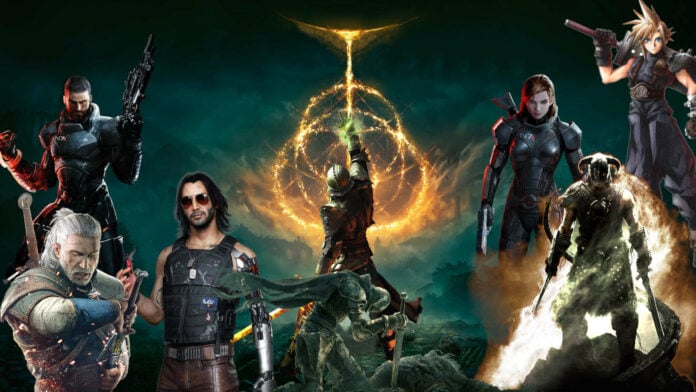Jump to: Final Fantasy VII | Mass Effect 2 | Skyrim | Dragon Age: Inquisition | The Witcher 3 | Cyberpunk 2077 | Elden Ring | Persona 5 Royal | Tears of the Kingdom | Baldur’s Gate 3
Choosing the best RPGs (role-playing games) is difficult to narrow down. After all, the genre is huge in scope, scale, and the sheer amount out in the wild. Combine that with the shifting standards across the years and it’s probably one of the toughest categories to measure. Whether it’s a defining classic or a modern masterpiece, there are plenty of characters to meet, worlds to get lost in, and stories to explore. Even our top ten leaves plenty of deserving titles to the wayside.
Before picking the best, we need a definition. What exactly is an RPG? Boy, oh boy, it’s a pain to nail down. In its simplest form, RPGs let you step into the shoes of a character and live out a pivotal moment in their life. It’s role-playing, after all. Most of the time, you’re given agency to influence the story directly by interacting with other characters and choosing how to progress. You’ll then need to build your character to strengthen them, whether by levelling your stats or improving them using items. It’s a truly fine line that no one can fully agree on.
Final Fantasy XIII is as much an RPG as the rest of the series despite being far more linear with fewer choices involved. Dishonored, however, trails along the action-adventure route despite letting you choose your powers and how to progress simply because it’s level-based. We could go into the nuance of subgenres, including action RPG, CRPG, and JRPG, but that’s a topic for another time. All we can say is that if it ticks a few of these boxes and is fun to play, it counts.
Since RPGs warrant so much of your precious time and money, knowing what you’re getting into is important. We guarantee that our picks will leave you satisfied long after the credits roll. They’re the crème de la crème, masters of their own universe, and the best damn titles to ever grace console and PC.
Between the team, we’ve played a good chunk of what’s out there, some to a rather unhealthy degree. We’re not just recommending pivotal games because they’re influential. They still need to offer satisfying stories, addictive gameplay, and a level of immersion you can still enjoy today in 2024. Without further ado, let’s do!
Best RPGs on PC and console
10. Final Fantasy VII
| Release date | January 31, 1997 (re-released from April 10, 2009 – March 26, 2019) |
| Platforms | PlayStation, PS3, PSP, PS4, iOS, Android, Nintendo Switch, Xbox One |
| Genre | Japanese RPG, turn-based |
| Buy from | Amazon |
This one’s dedicated to all you old codgers out there, and I guess that includes myself. Final Fantasy VII is one of those JRPG titles that will forever grace the covers of magazines, publications, and top 10 lists all over the world.
Square Enix’s critically acclaimed FFVII was released in 1997 and marks the seventh main instalment in the Final Fantasy series. It was the first in the series to use full motion video (FMV) and 3D-rendered computer graphics, superimposing 3D character models on a blend of hand-drawn and pre-rendered CGI backgrounds.
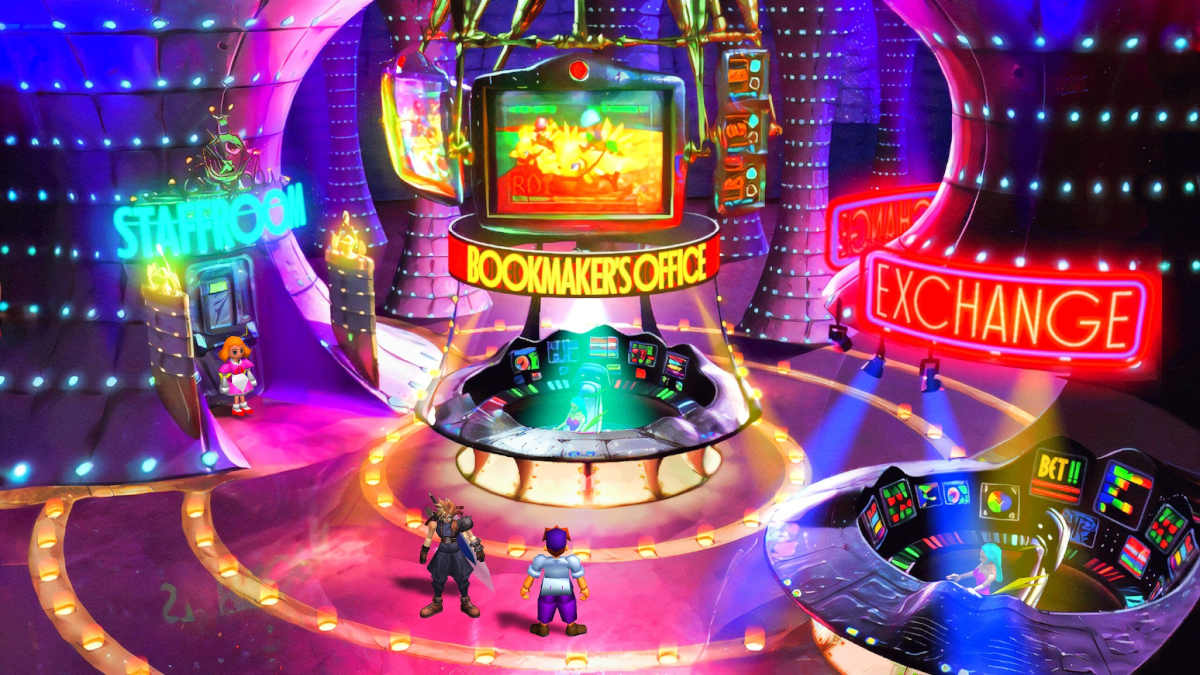
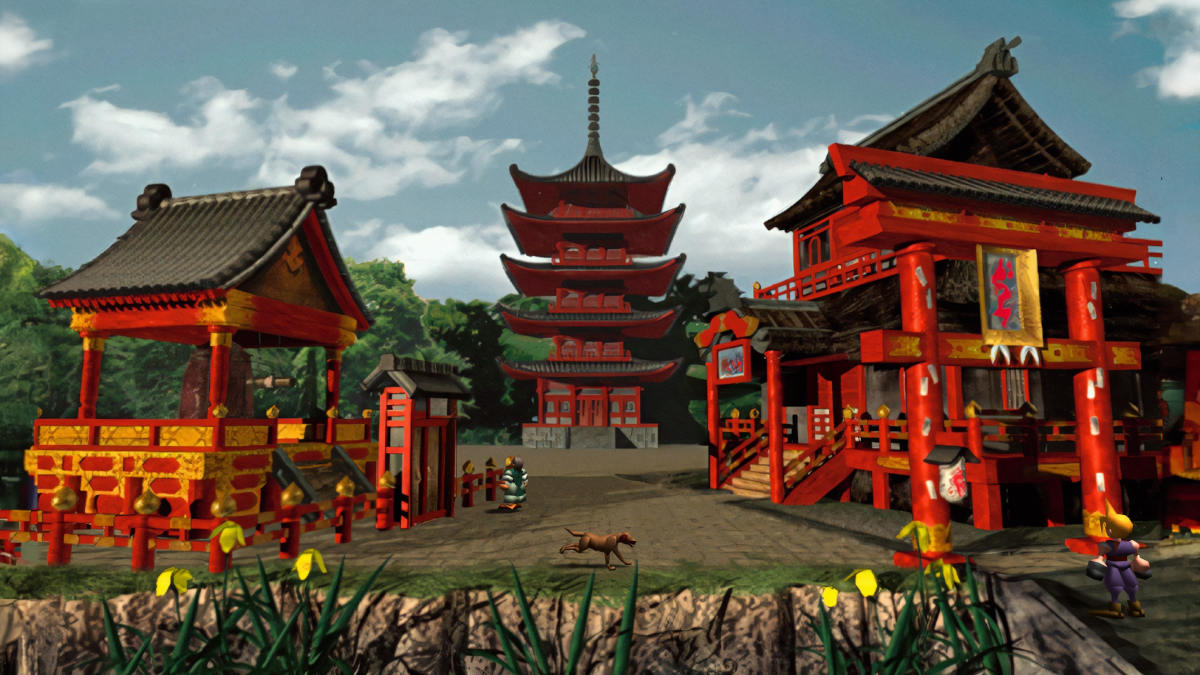

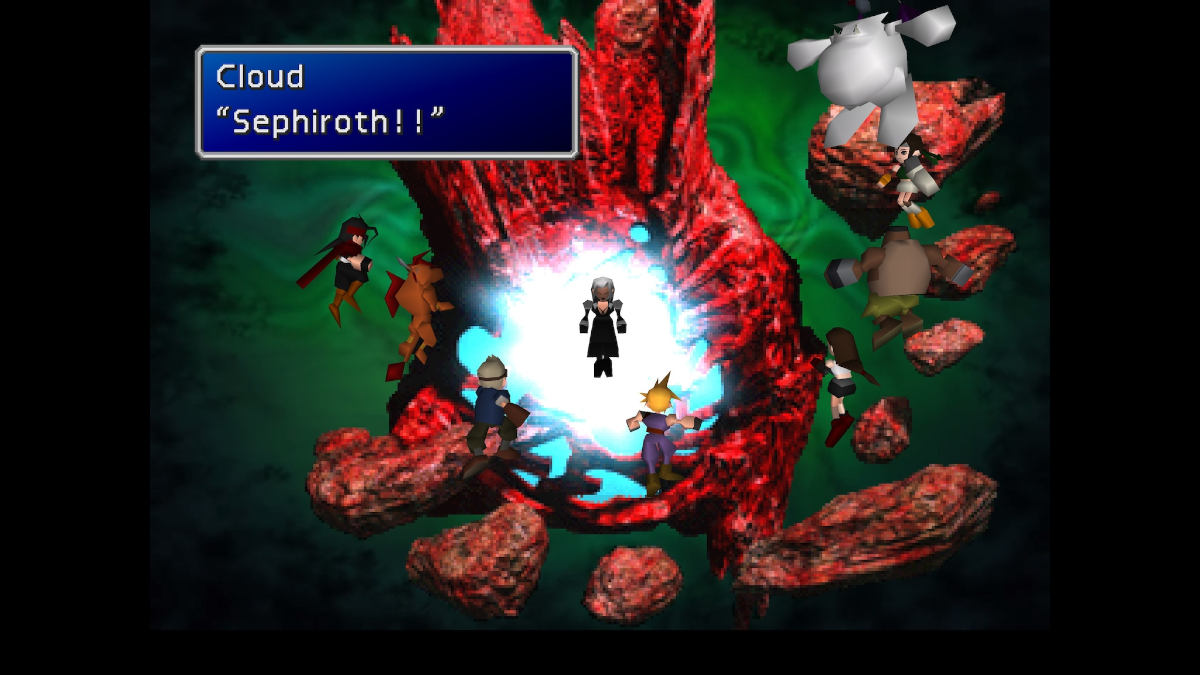
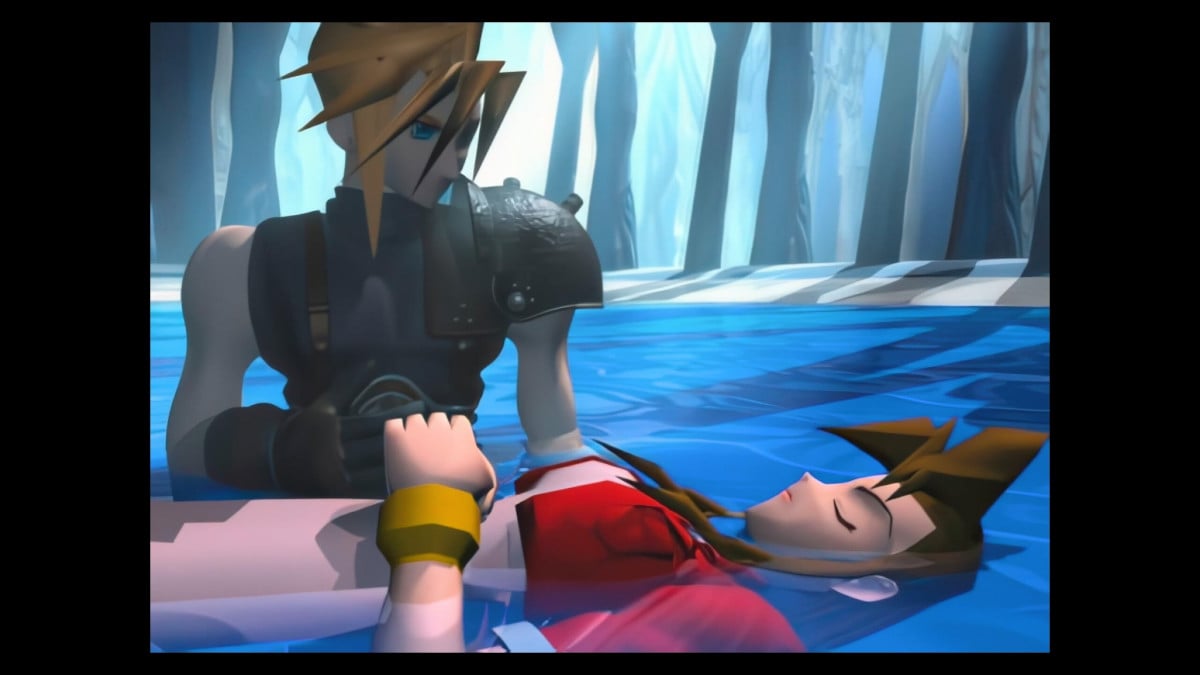
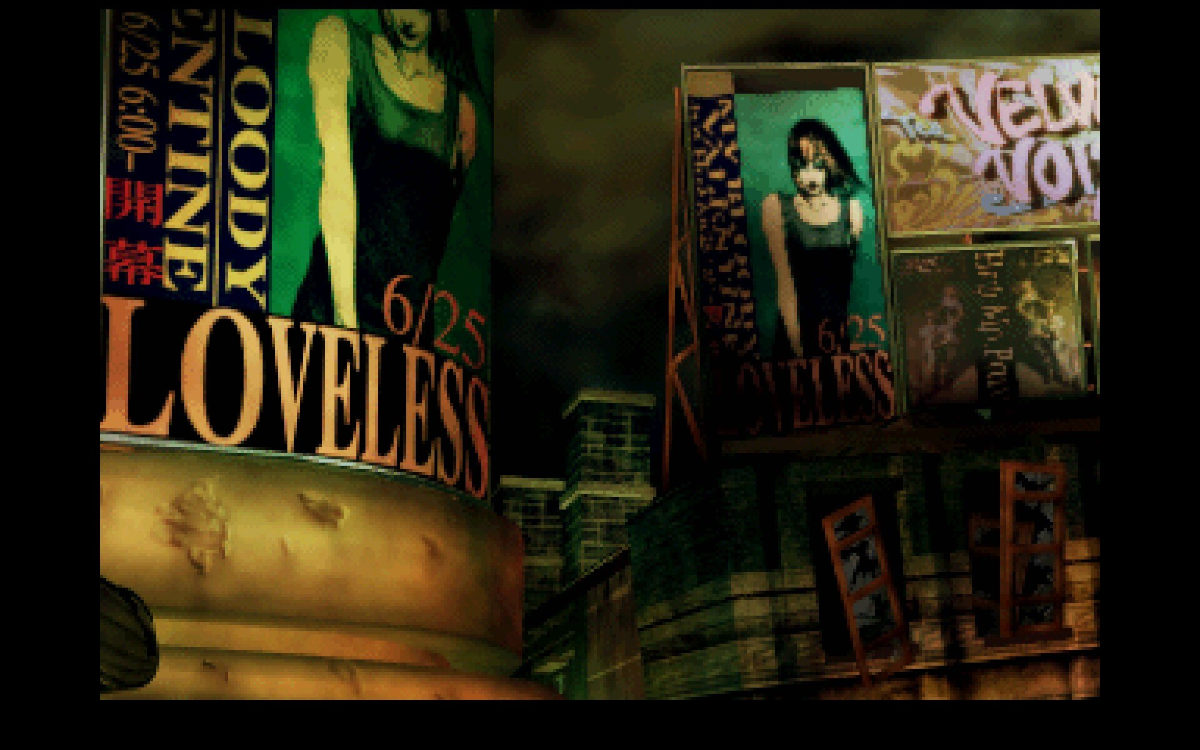
It also featured an amazing score by composer Nobuo Uematsu and a gripping storyline by series creator Hironobu Sakaguchi and director Yoshinori Kitase. Not forgetting to mention the brilliant art direction by Yusuke Naora and character designer Tetsuya Nomura. Couple that with a classic JRPG turn-based battle system, and you’ve got one of the greatest games ever.
Though it may not look like much today, and the story in large part eludes my memory, trust me when I say seven-year-old me had my mind blown and changed the way I viewed video games forever.
If you can’t stomach revisiting this retro classic, you’re in luck! Because Final Fantasy VII Intergrade is a full-blown remake of this age-old classic. It is the first part of a planned trilogy, with part 2, aptly named Rebirth, scheduled for release on PlayStation 5 on February 29. What a time to be alive.
9. Mass Effect 2
| Release date | January 26, 2010 |
| Platforms | Windows, Xbox Series X/S, Xbox One, Xbox 360, PS5, PS4, PS3 |
| Genre | Action RPG, third-person shooter |
| Buy from | Amazon |
Assassin’s Creed 2, Far Cry 2, Half-Life 2, Silent Hill 2, Diablo 2 – all these games have something in common. These sequels significantly improve their respective originals and have garnered a cult following because of it. Mass Effect 2 is no exception to this rule.
Mass Effect 2 follows the events of the original and places you in the role of Commander Shepard once again. In one of the best intros to a video game ever, ol’ Shep and the Normandy crew get blasted into oblivion by an unknown vessel while patrolling for Geth resistance. The crew is forced to abandon the ship, and our Commander gets sucked into space. Unfortunately, Shephard dies of asphyxiation from a breach in their suit as their body floats off to a nearby planet. Big oof.
Eventually, Shepard is revived and introduced to Jacob Taylor and Miranda Lawson. You then meet the Illusive Man, the leader of a shadowy galactic business called Cerberus. They reveal that entire populations of human colonies have disappeared all over the galaxy. Shepard is given command of the iconic Normandy SR-V 2 and tasked to assemble a team to stop the mysterious alien race known only as the Reapers. This is where your story truly starts.
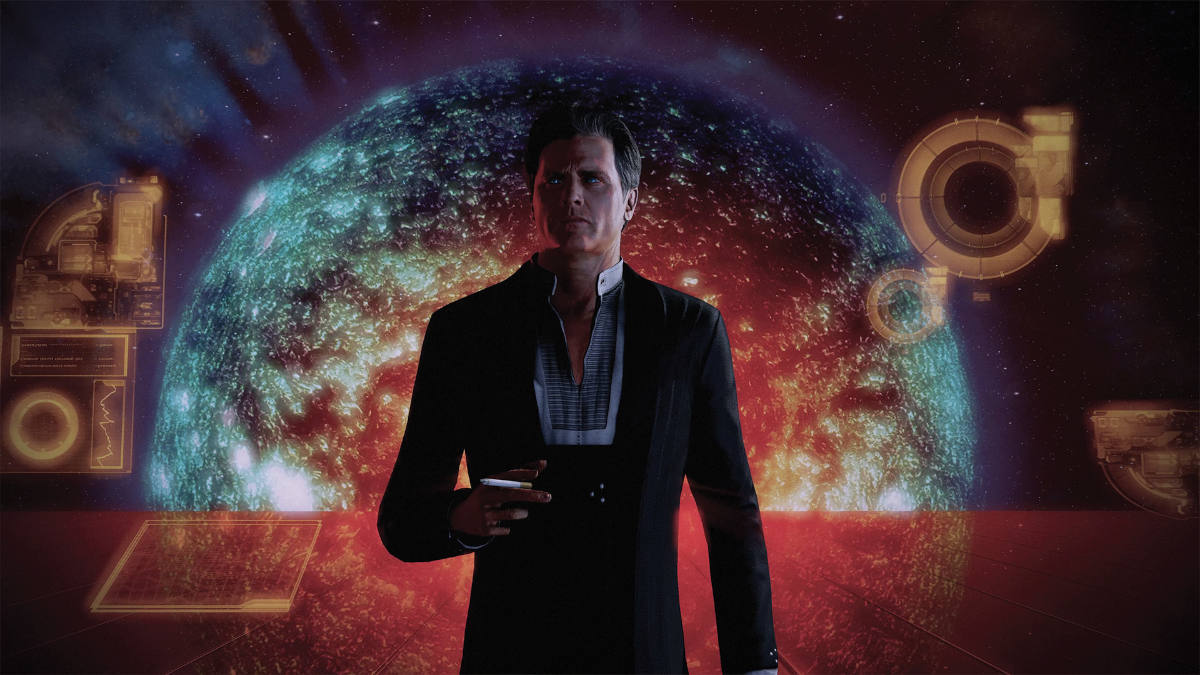
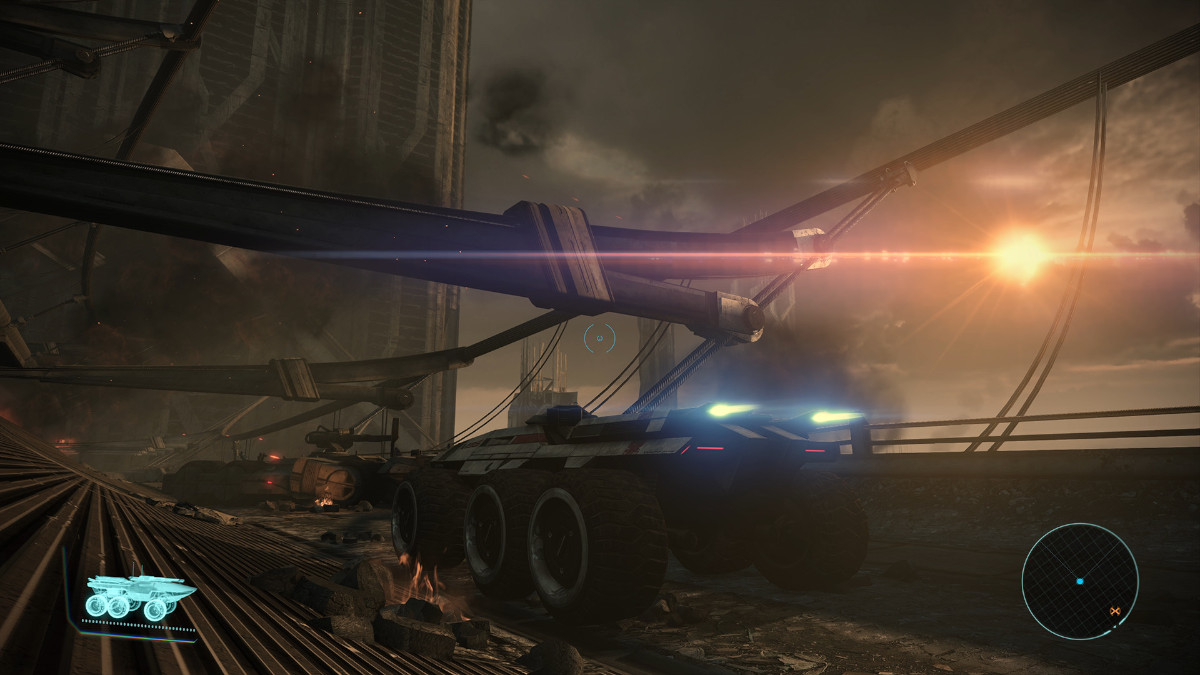
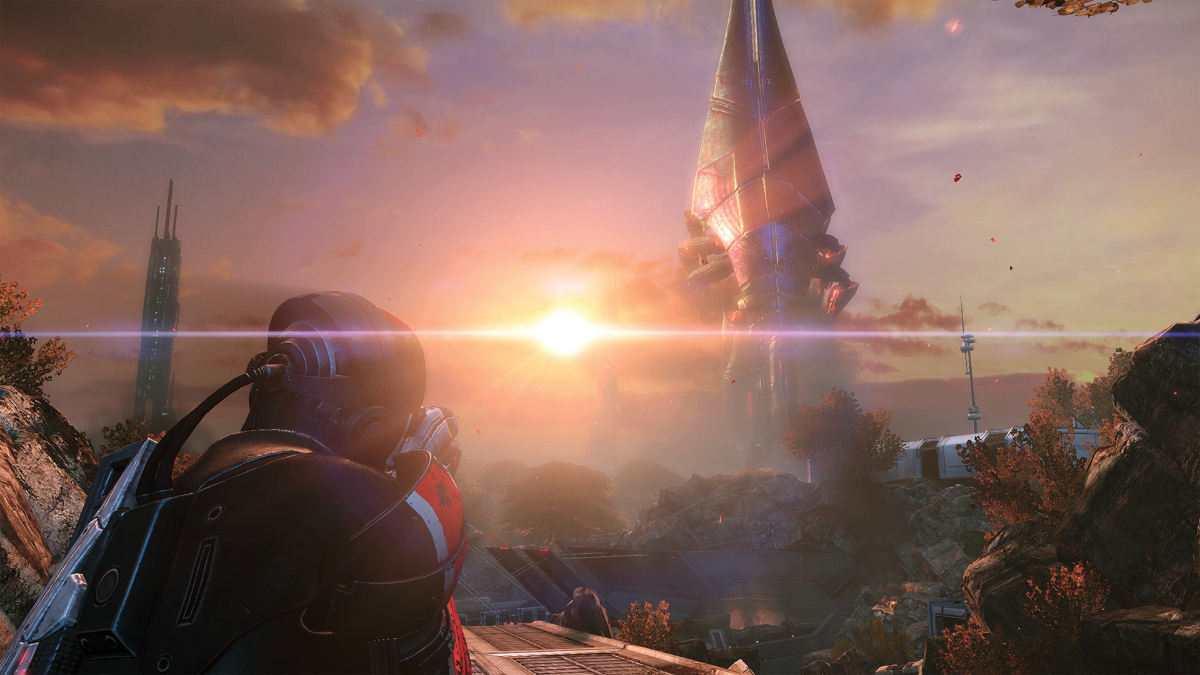
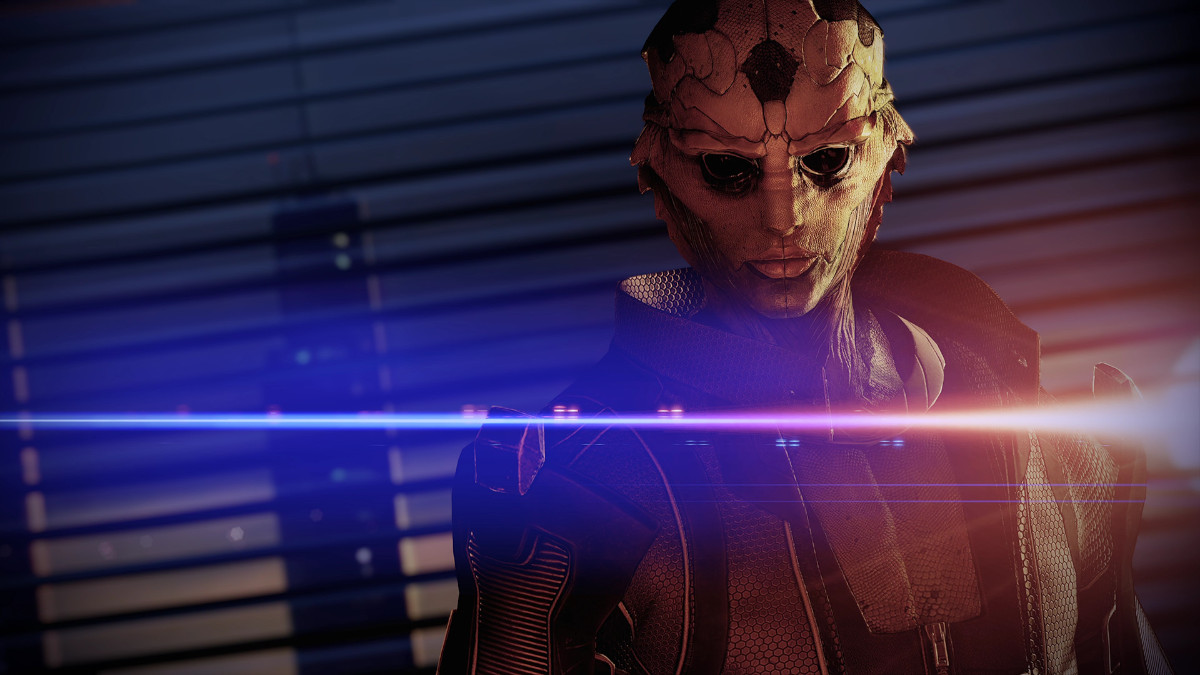
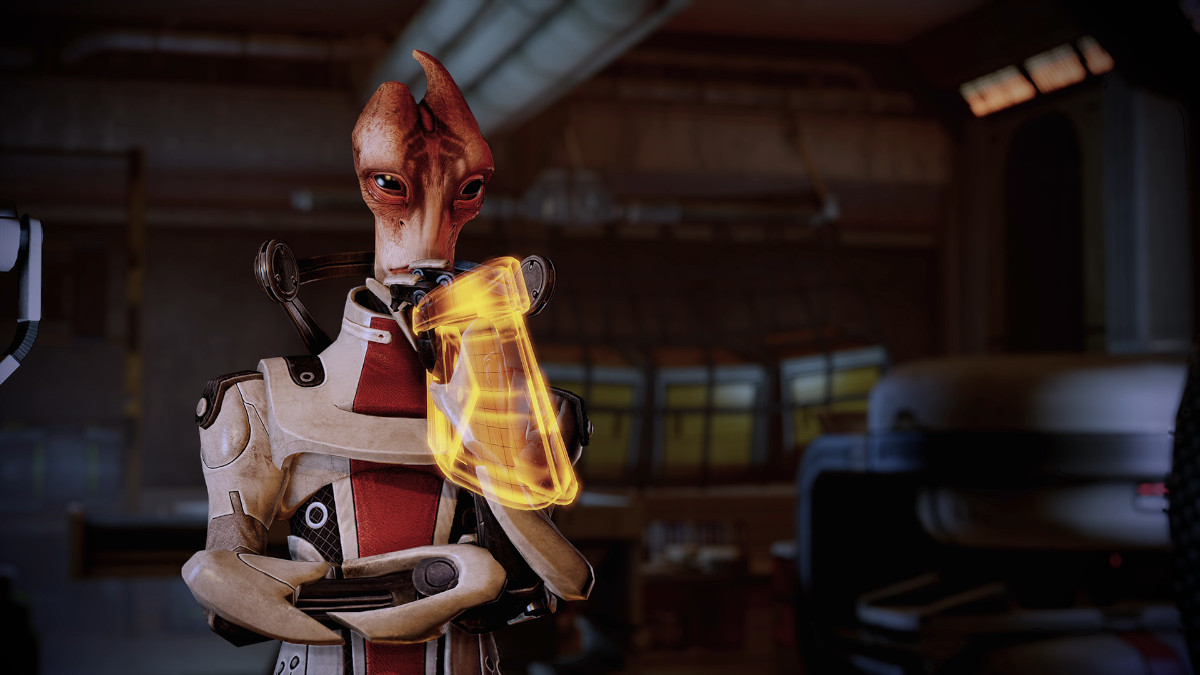
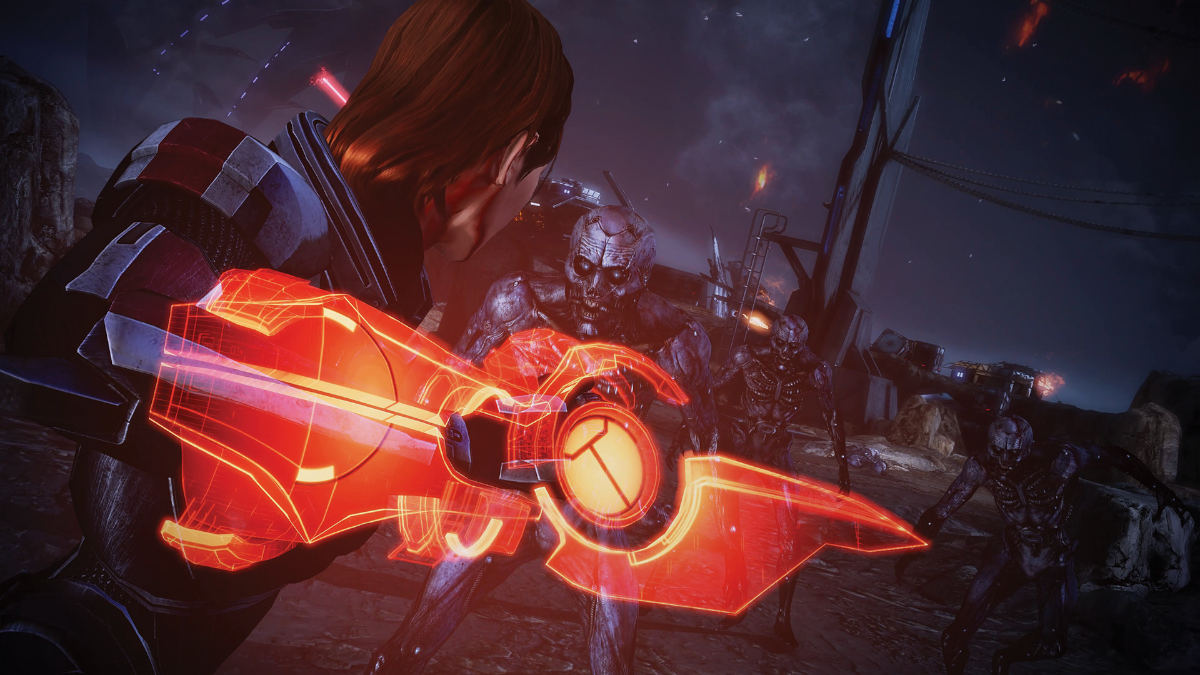
The gameplay is a mix of third-person shooter and squad-based action RPG elements. However, the true meat and potatoes lie in character interactions. If the original was about introducing us to the Mass Effect world and lore, then the sequel is almost exclusively about Shepard and his mates.
You’ll have an opportunity to get to know every side character through dialogue and a variety of loyalty missions that flesh out their history, desires, and goals. The writing is superb, and every shipmate has a memorable story to tell. From Cerberus operatives Miranda and Jacob, human test subject Jack, Salarian scientist Mordin Solus, genetically engineered Krogan Grunt, ex-C-Sec agent and Turian bestie Garrus, plus Quarian refugee Tali’Zora, to name but a few. You’ll most likely get to know them all and probably fall in love with them, too.
The game was released to critical acclaim and gained praise for its presentation, cinematography, awe-inspiring locations, and diverse and complex characters. Not forgetting the impressive musical score by legendary composer Jack Hall and improved combat over its predecessor.
Do me a favour if you haven’t already; grab the remastered Mass Effect: Legendary Edition either for free with an Xbox Game Pass / EA Play subscription or via Steam / Epic stores, and give the trilogy a shot; you won’t regret it. Also, Martin Sheen plays Illusive Man, which is pretty dope.
8. Skyrim
| Release date | November 11, 2011 |
| Platforms | Windows, Nintendo Switch, Xbox Series X/S, Xbox One, Xbox 360, PS5, PS4, PS3 |
| Genre | Action RPG, open-world |
| Buy from | Amazon, Green Man Gaming, CDKeys |
I know I always have this one on my ‘best of’ lists, but can you blame me? This game is like capturing lighting in a bottle or that one classic album that’s always in your playlist; I just can’t get enough of it.
I don’t think Bethesda will ever recreate the magic that is The Elder Scrolls V: Skyrim. As much as I enjoyed writing the Starfield review, it’s just not the same. The open-world design of Skyrim is nearly perfect and masterfully crafted. It features a vast array of environments, including large wilderness expanses, icy mountainous regions intertwined with deeply dark and dewy caves, massive cities, quaint little towns, and rural farming villages.
The lore is an epic blend of fantasy and political intrigue, complete with a rich history and a fascinating lived-in world filled with ten uniquely diverse races. Each has their own socioeconomic background, culture, and native accent. As you adventure across Skyrim, you’ll come across thousands of books filled with fiction and facts about the history of the world, its religious deities, and everything in between.
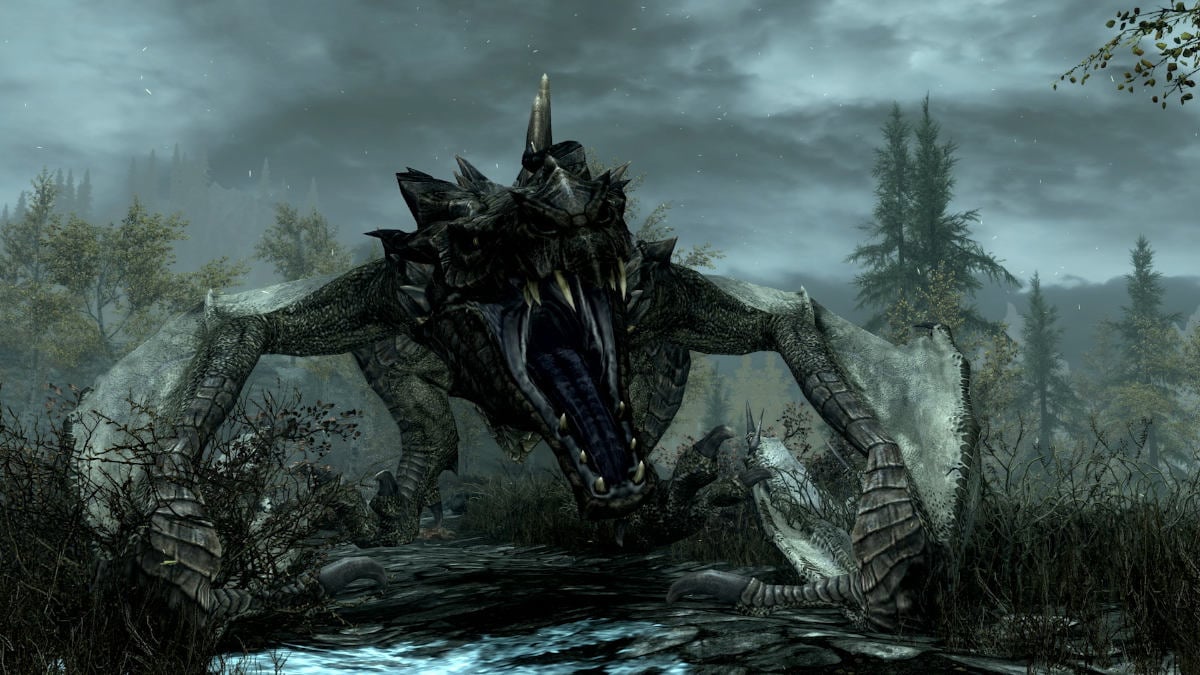
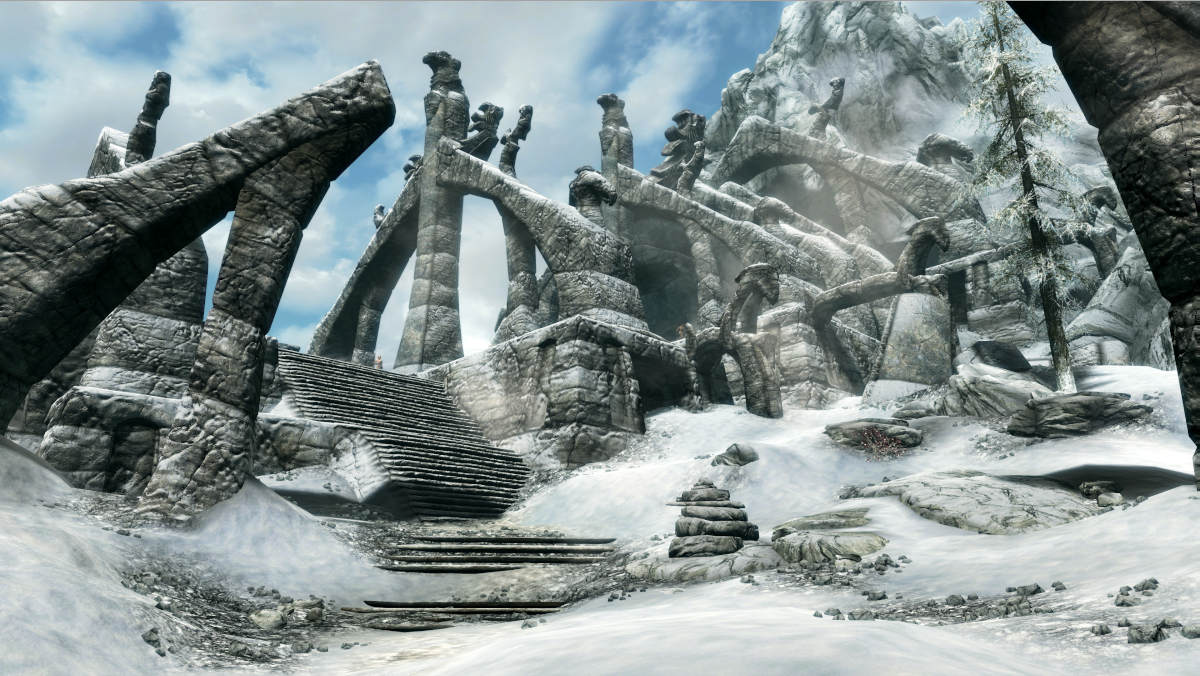
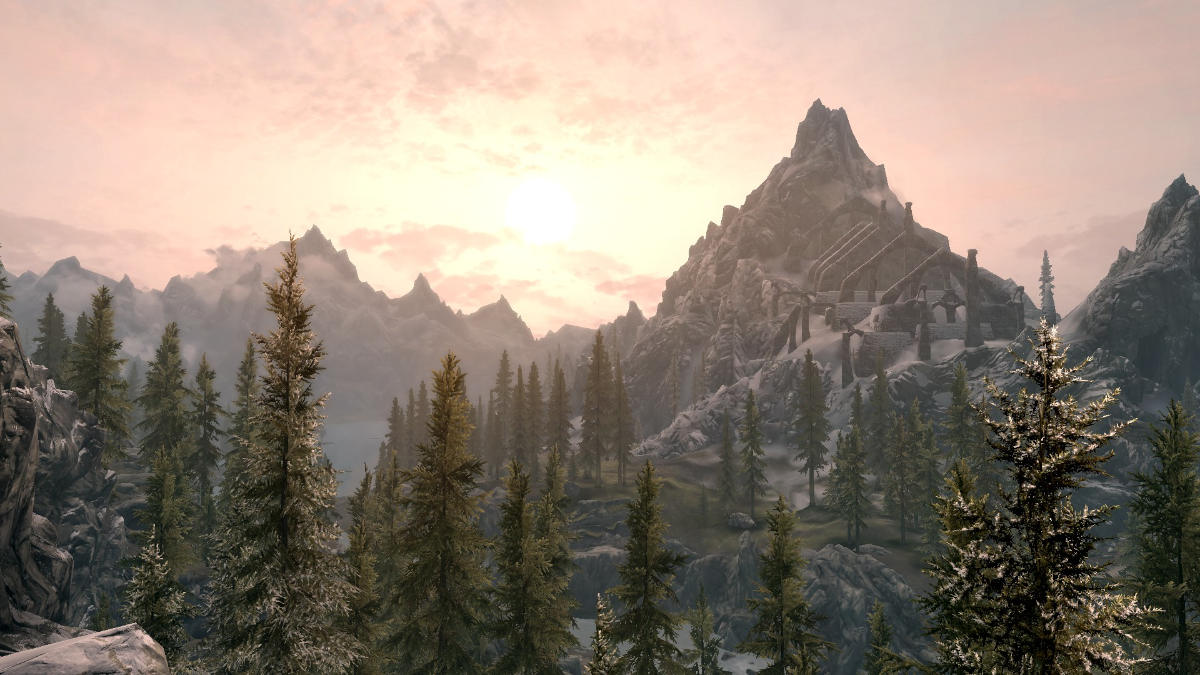
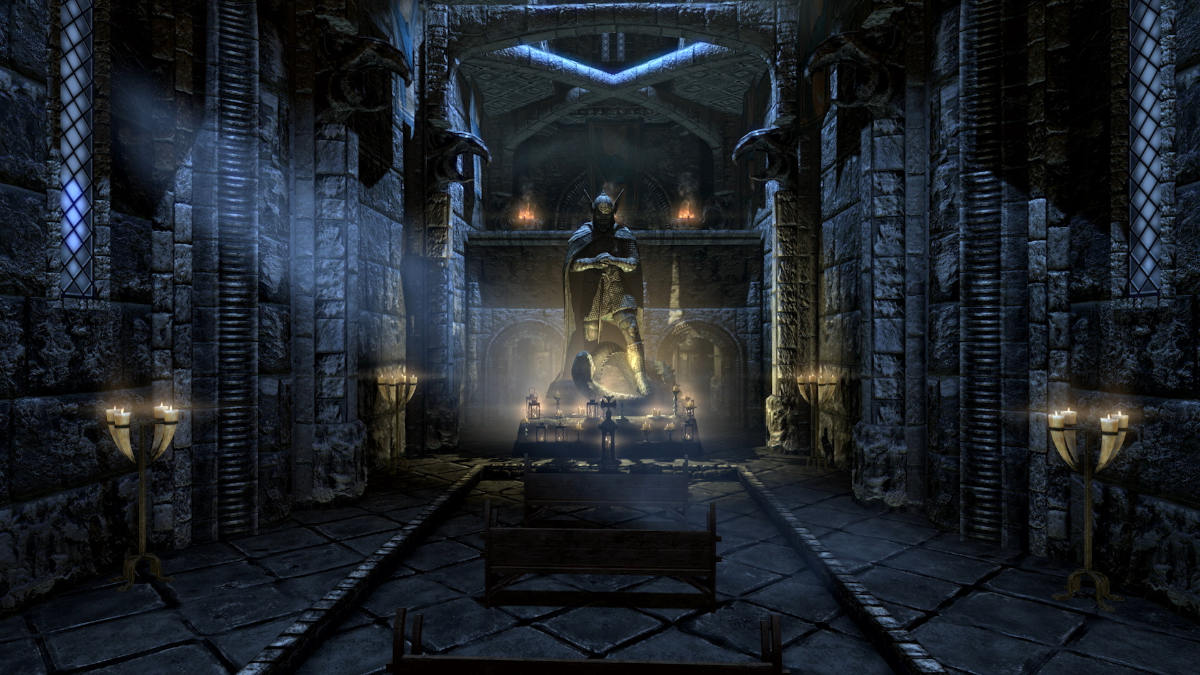
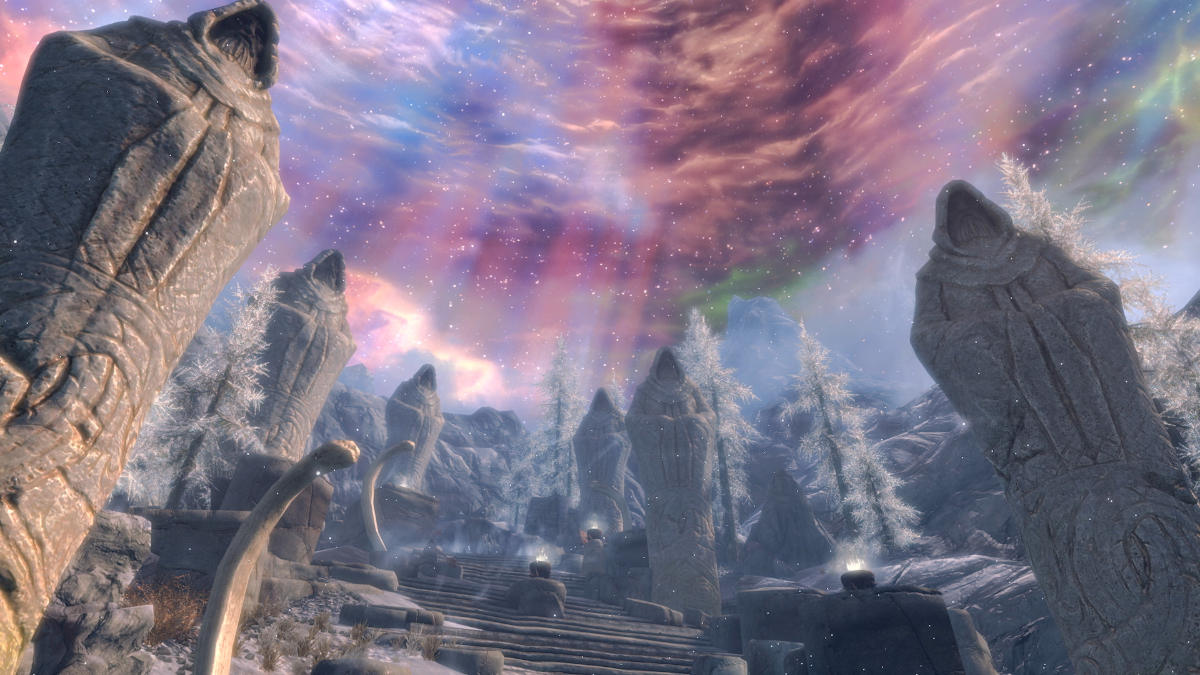
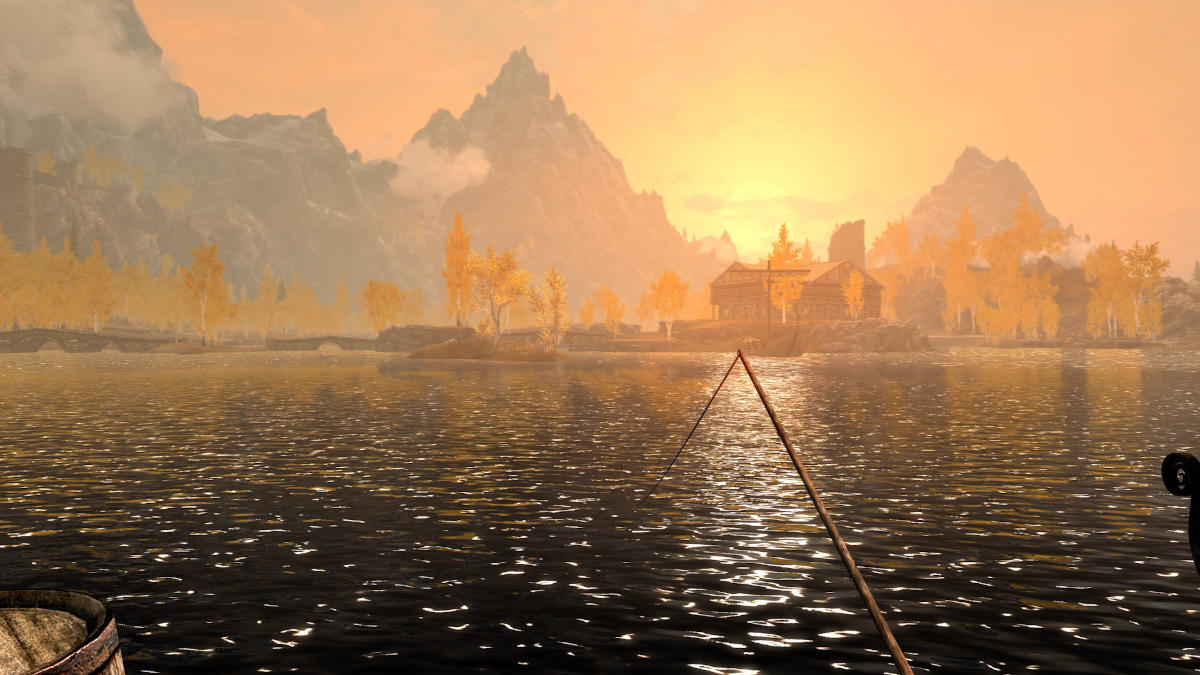
There are over 300 points of interest and most have their own story to tell. It’s all up to you, the player, to discover and interpret, and that’s what I love most about this game. It’s a true open world with near endless possibilities. The environment is varied and beautiful, and the Radiant AI system makes the NPCs feel realistic (for the most part). Dynamic weather mixed with the overall art style makes this game a visual treat. Plus, there are dragons.
However, the game isn’t perfect and has its pitfalls. Melee combat isn’t as fluid as it could be. There are still various bugs and game-breaking glitches, often forcing you to reload a previous save and lose tons of progress, even after hundreds of updates. In fact, this has become a staple of Bethesda titles; some would even say it’s a feature.
For the most part, it works really well when it works at all, and the positives far outweigh the negatives. Skyrim leaves a legacy behind that has inspired many other games after it. It further popularised the large-scale, open-world RPG genre, spawned a number of noteworthy Internet memes, and remains a cultural phenomenon.
7. Dragon Age: Inquisition
| Release date | November 18, 2014 |
| Platforms | Windows, Xbox One, Xbox 360, PS4, PS3 |
| Genre | Action RPG, open-world |
| Buy from | Amazon, CDKeys |
This is yet another Bioware and Electronic Arts collaboration and the third major iteration in the Dragon Age franchise. Players take on the role of the Inquisitor. Your mission is to settle the civil unrest in the continent of Thedas and close a mysterious tear in the sky called the Breach.
In the beginning, our unsuspecting protagonist is caught in a massive explosion that destroys the Conclave. It’s so devastating that it creates a hole in the Veil – the metaphysical boundary between the physical world and the Fade, the world of spirits and demons. Our player is the only survivor of the blast and discovers a mark on their hand. This mysterious symbol is somehow capable of closing rifts that have sprung up all across this fantasy landscape.
The game is a semi-open world, broken up into several sections where the player can freely explore. In each hub world, there are various side activities such as sealing Fade rifts, capturing keeps or forts, and establishing various strongholds. Throughout the story, the player has to make important decisions that might change Thedas and have potentially long-lasting consequences. This also affects your relationship with companions who may or may not approve of your actions.
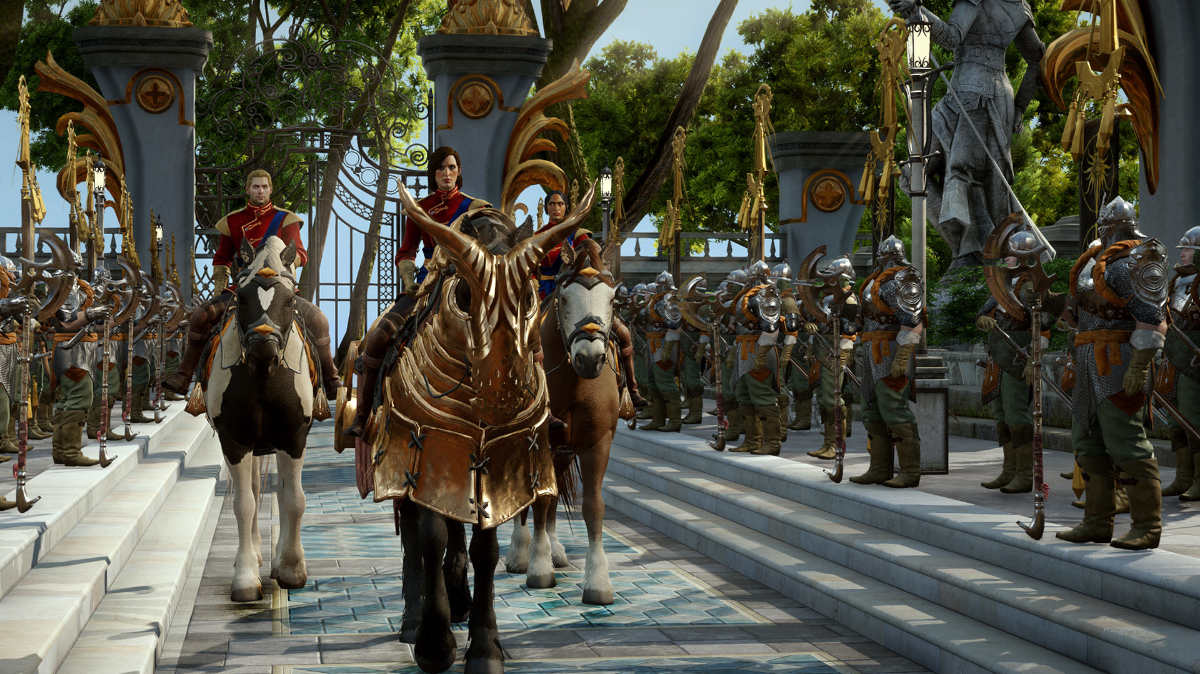
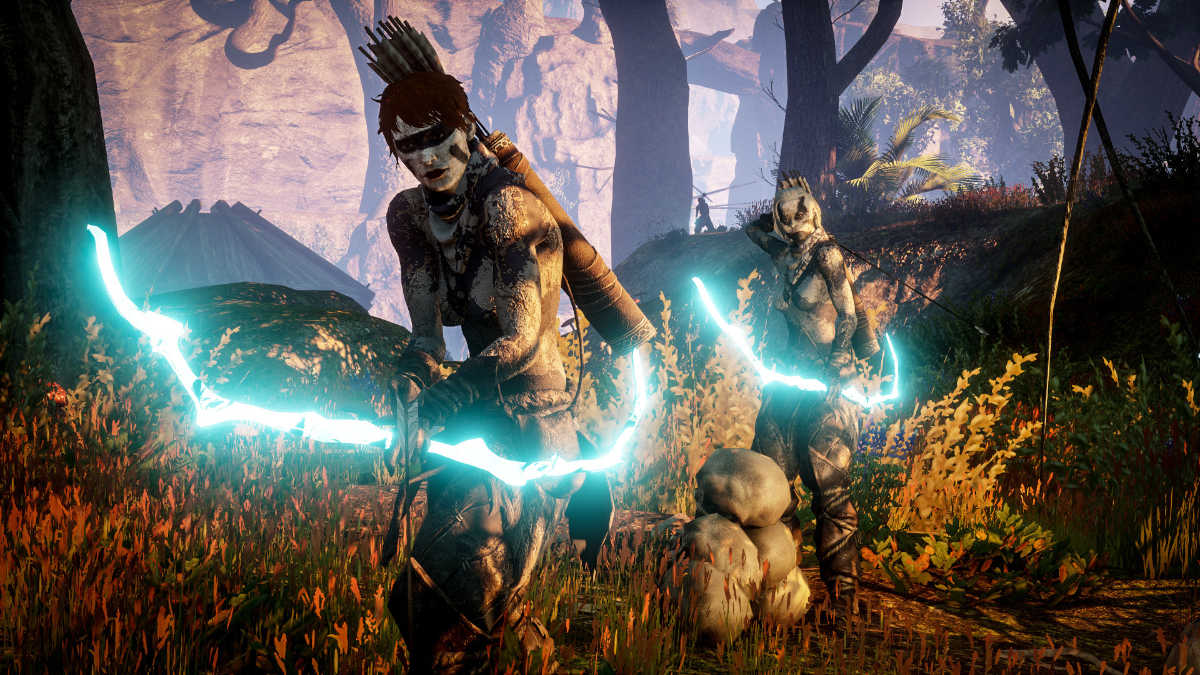
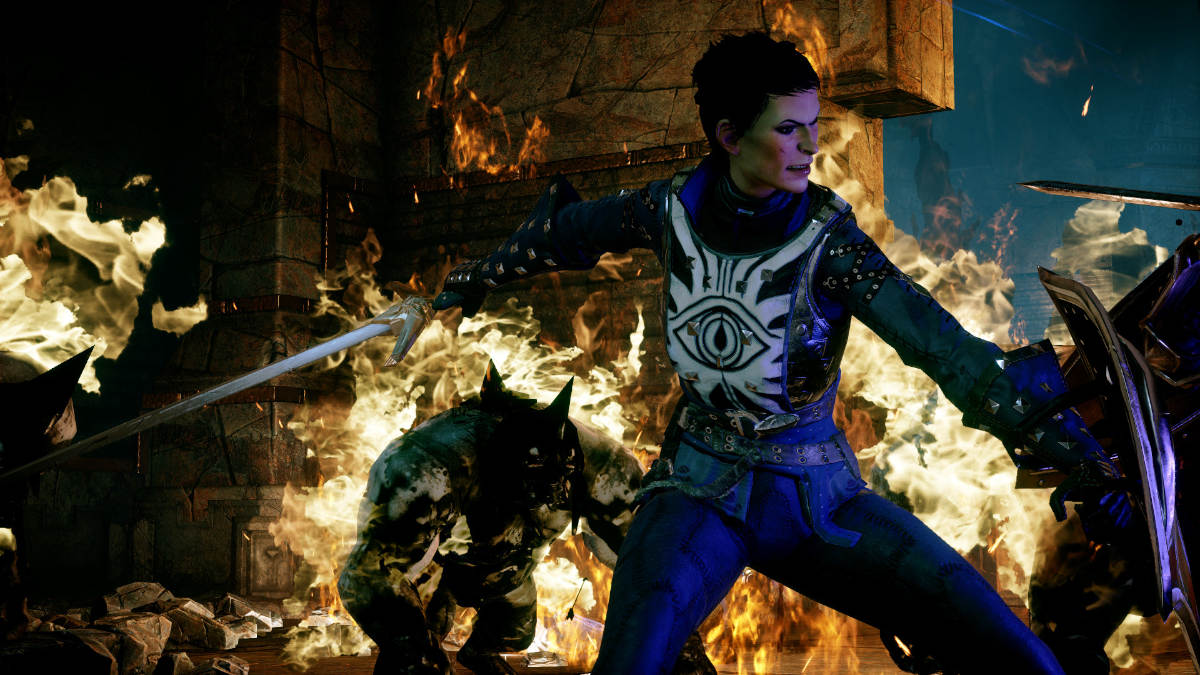
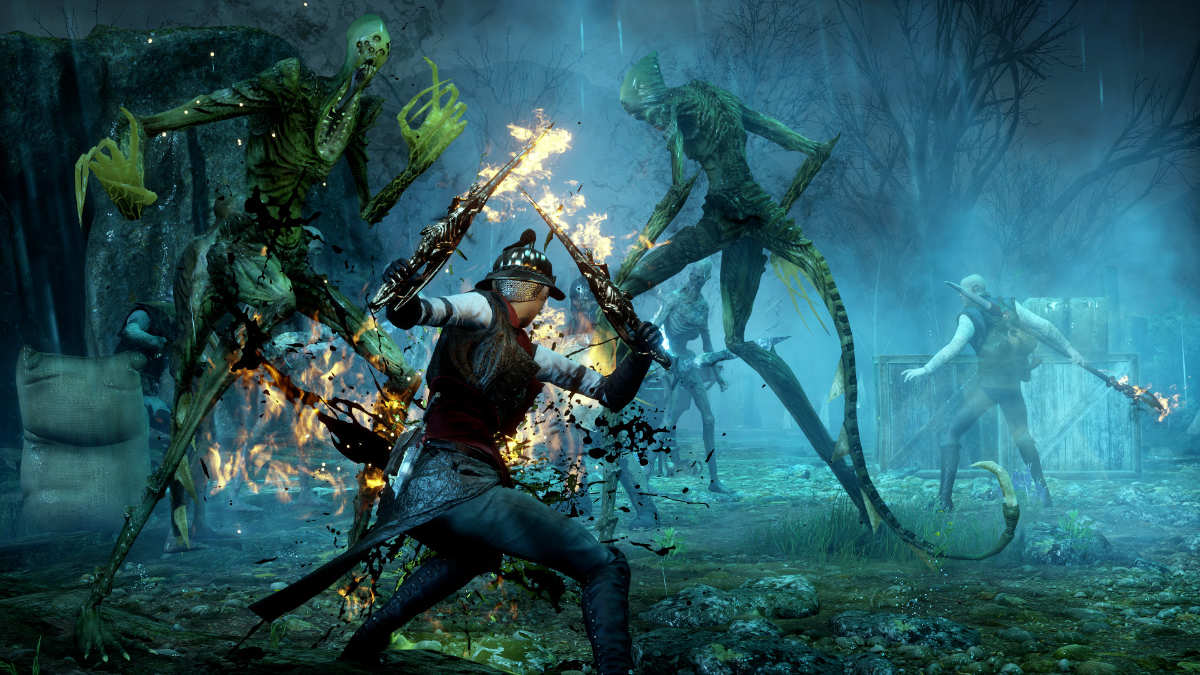
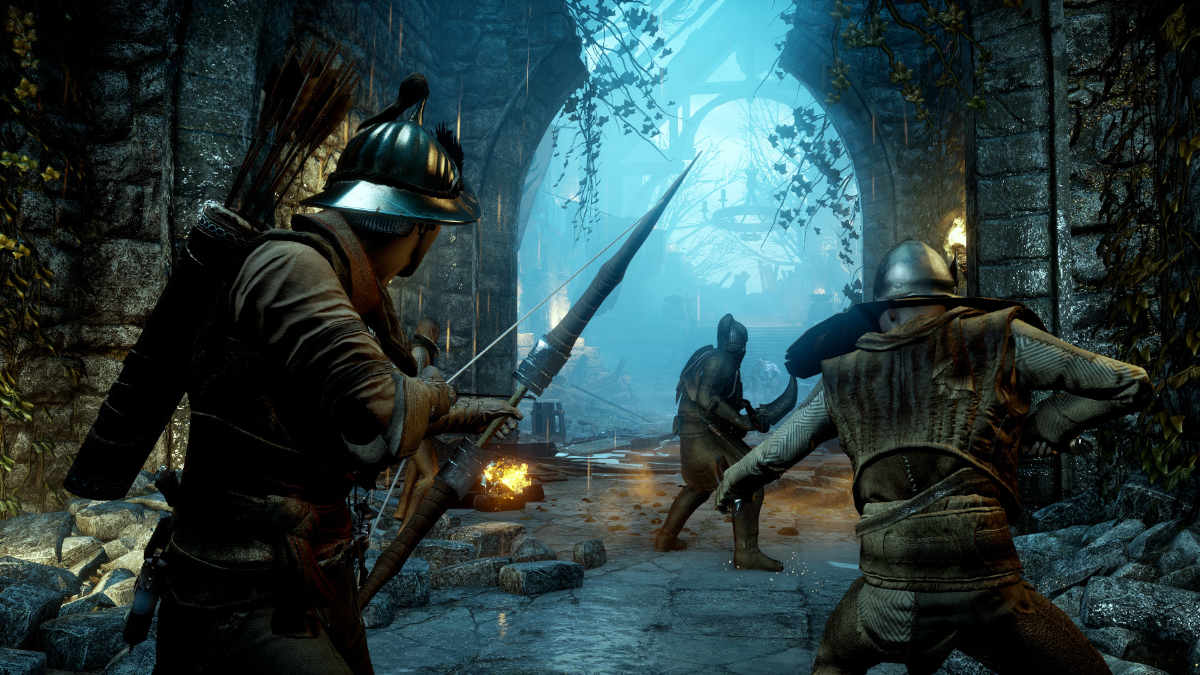
The gameplay successfully blends the fast-paced combat of Dragon Age 2 and the more tactical gameplay of Origins. Players can choose from three classes that include warrior, mage, and rogue. Each class offers varying styles of combat; warriors are sword and heavy weapon wielders who can absorb and inflict heavy damage. Rogues are quick and nimble, with a large stamina pool, and can either use dual-wield weapons or ranged crossbows. Lastly, mages are, you guessed it, magical practitioners who can cast spells on enemies or heal your party.
Besides this, the Inquisitor can also control other party members. This is where the Tactical view comes into play. It allows you to slow down combat, assign locations and orders to your party, and then resume to see it all played out. There’s a level of strategy at play here that shifts both the pace and scale of the gameplay and it is rather satisfying when done correctly.
Much like Mass Effect, you interact with various NPCs through dialogue via Bioware’s iconic dialogue wheel. You’ll get to know nine companions who assist you in battle or become one of three advisors at Skyhold. This is the main base of operations, where you get to talk to your teammates, learn more about their backstory, and initiate personal quests.
It’s a familiar formula that has become a staple of any Bioware RPG, and I simply adore the level of interaction it delivers. The fact that your main campaign choices have serious world-shifting consequences makes this a truly unique entry. Also, it has one of the most heart-stabbing plot twists in video game history. If you know, you know.
6. The Witcher 3: Wild Hunt
| Release date | May 19, 2015 |
| Platforms | Windows, Nintendo Switch, Xbox Series X/S, Xbox One, PS5, PS4 |
| Genre | Action RPG, open-world |
| Buy from | Amazon, CDKeys |
The Witcher takes place in a fantasy world based on the novels by Andrzej Sapowski. You take on the role of Geralt of Rivia, a monster slayer for hire with a certain set of otherworldly skills. Geralt’s adventures feature a blend of social and political intrigue amid a world filled with magic, mystery, and dangerous monsters.
The third iteration sees our hero journey across the Continent to find Ciri, his missing adoptive daughter. Along the way, Geralt runs into all sorts of mischief, mystery, and mayhem. You’ll encounter humans, elves, dwarves, monsters, and other supernatural creatures. It’s far from easy, though, as you must also navigate a war between the Nilfgaardian Empire and the Northern Kingdoms.
The Continent has three main regions. Your journey starts in the rural and quaint White Orchard, an area that cleverly teaches the basic gameplay mechanics and where you find that there are consequences to Geralt’s actions. Not long after, you travel to the war-ravaged, swampy province of Velen, the city slums of Novigrad, and the Norse-inspired Skellige Isles.
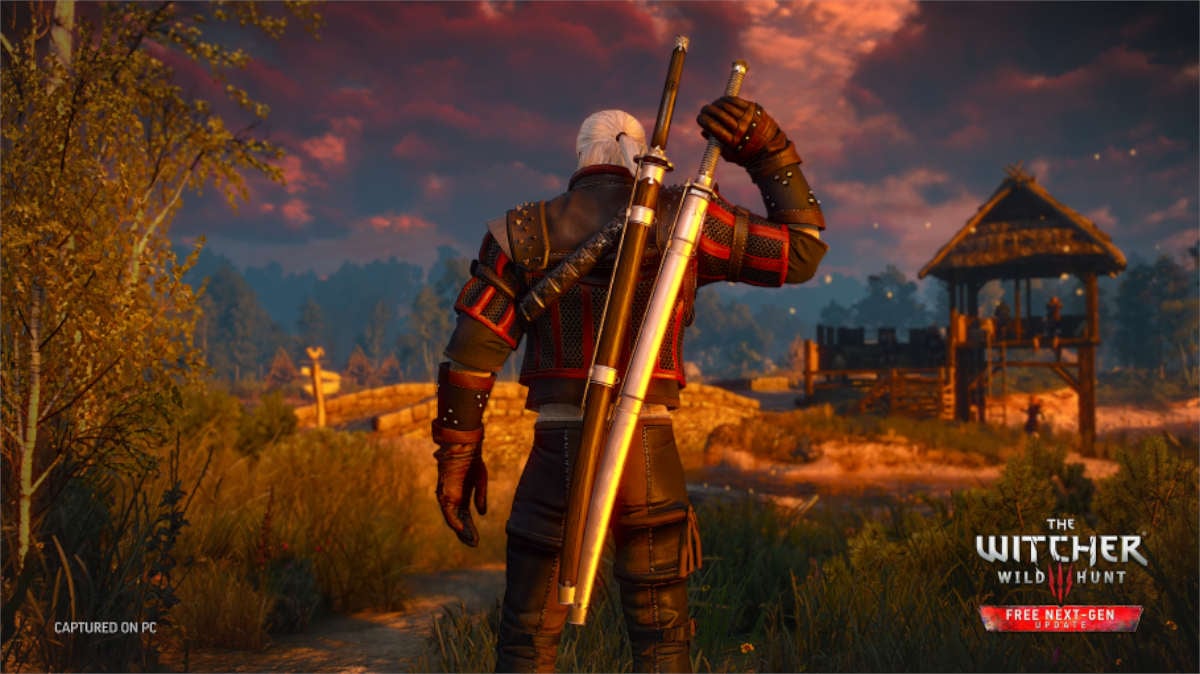
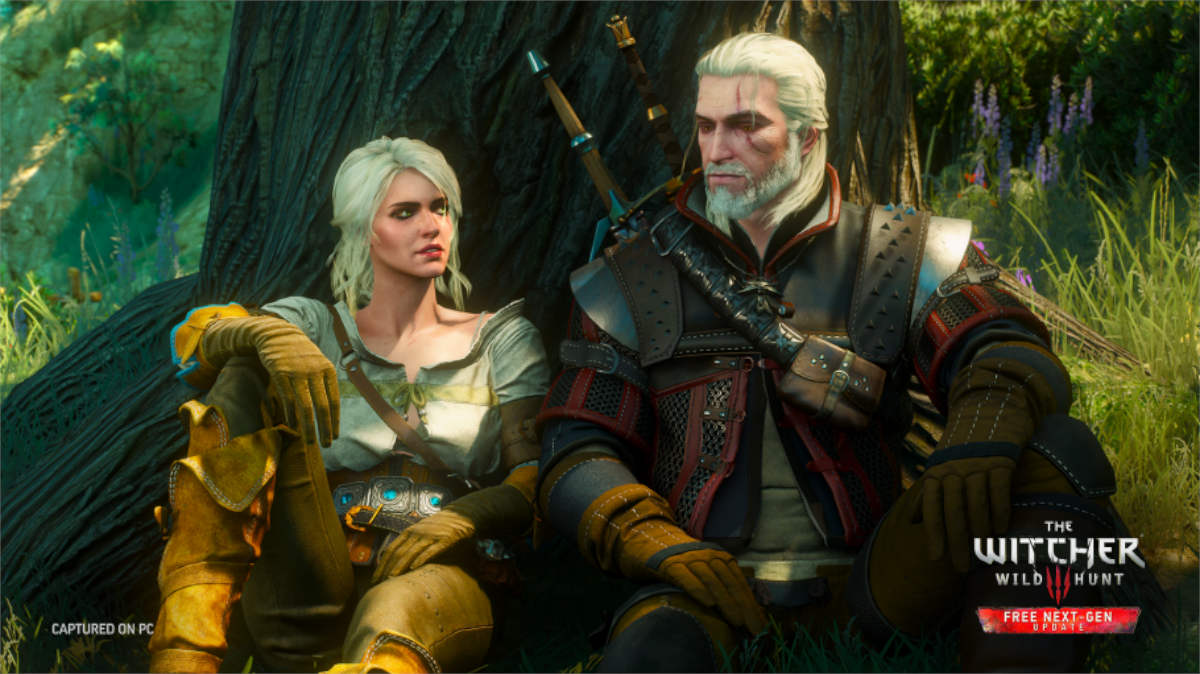
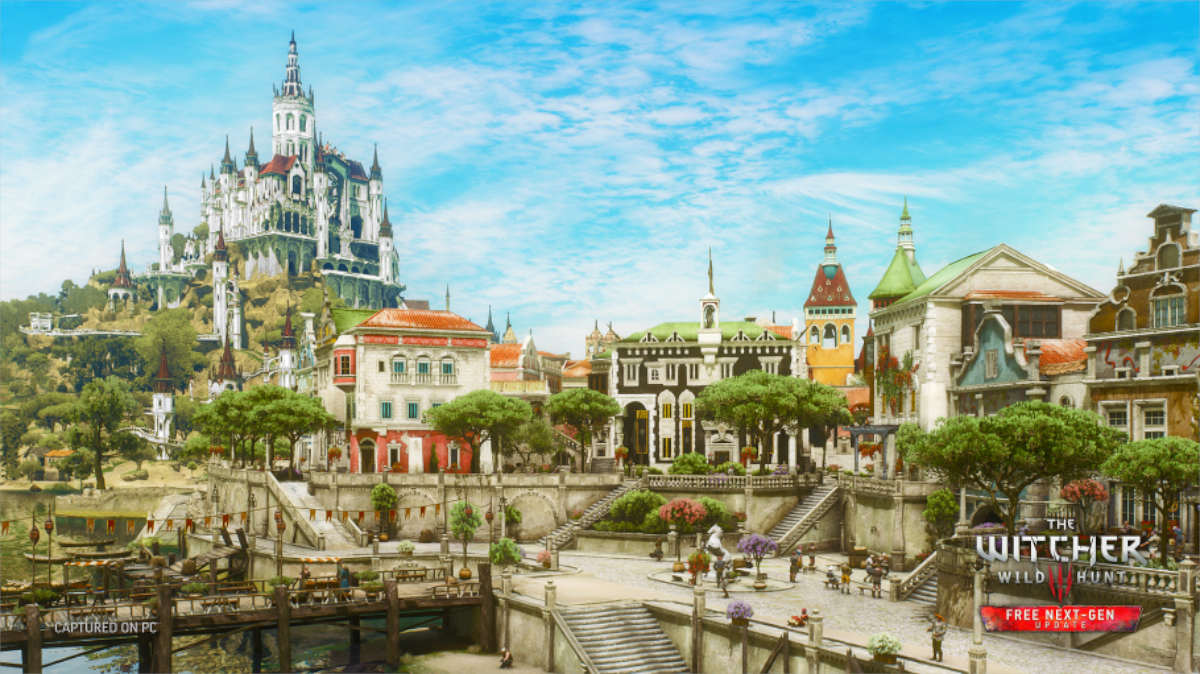
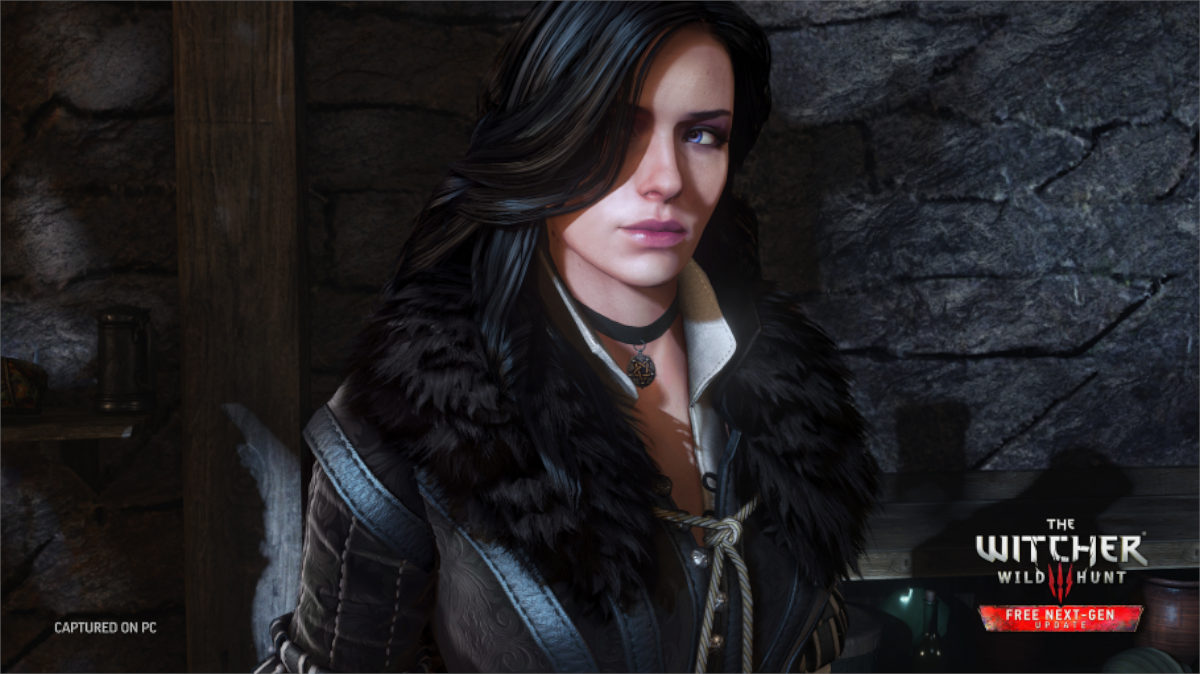
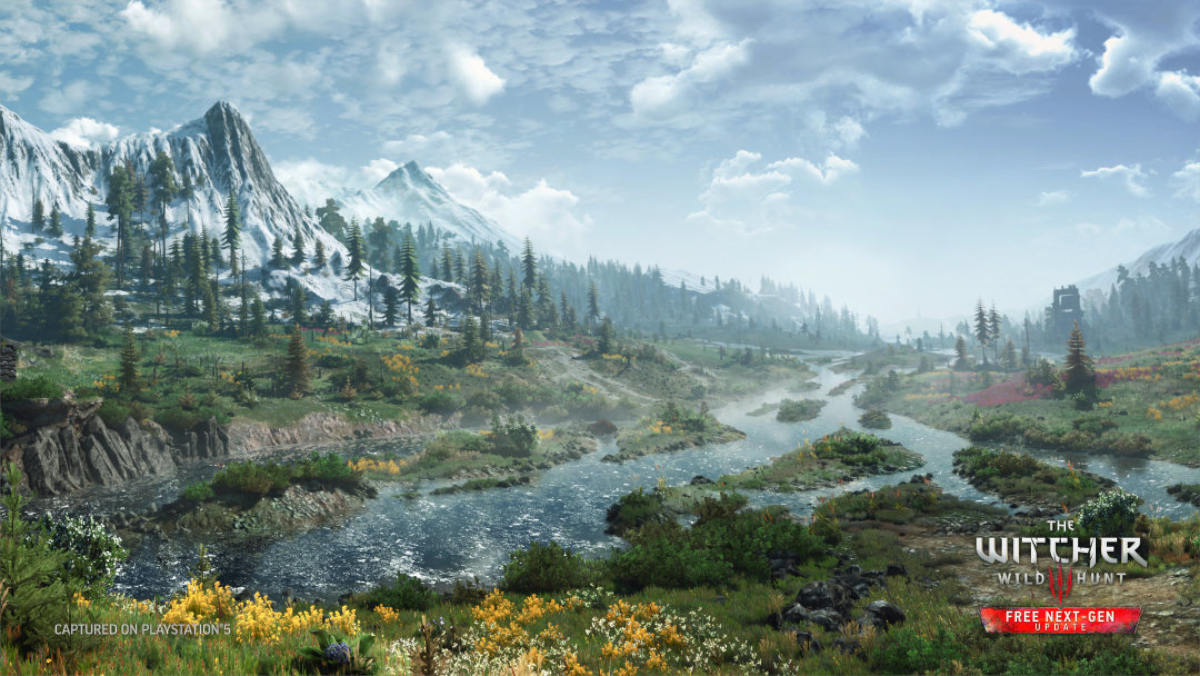
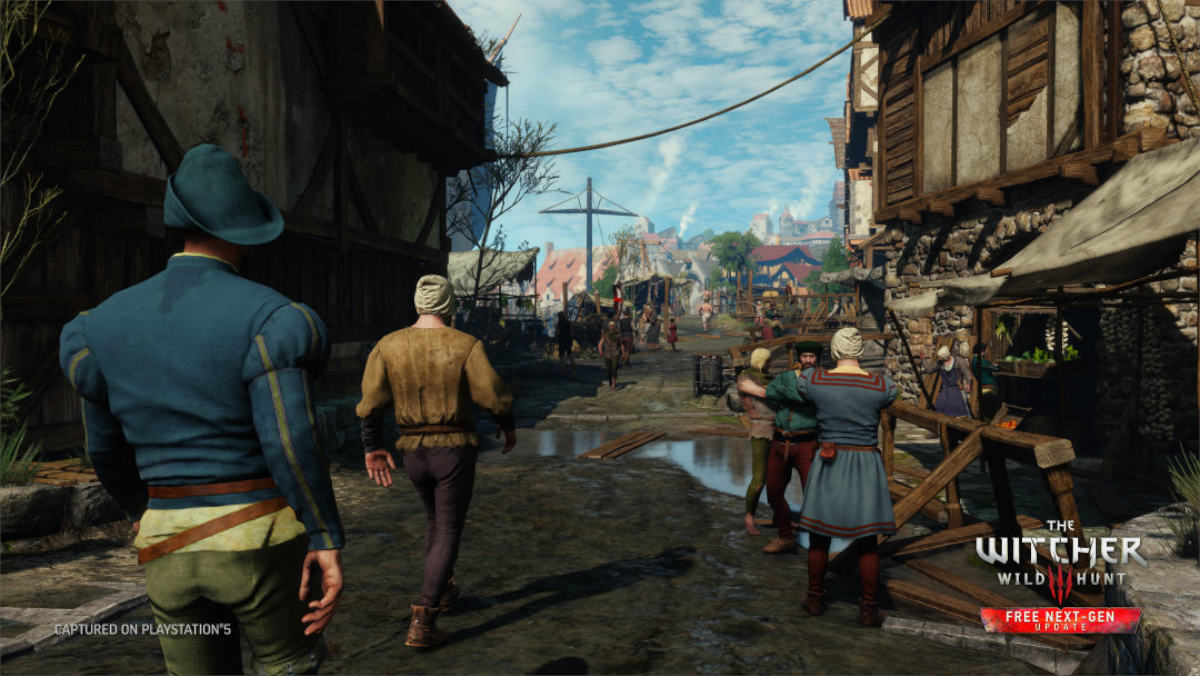
The world is filled with dirt and grime. Alcoholism, racism, abuse, and sexuality are prominent in the story. It gives the world a sense of authenticity not common in fantasy worlds. This lends credence to the complex storytelling, with morally grey choices and bittersweet consequences.
While the main questline is both interesting and urgent, it’s the side quests that immerse you in the world of The Witcher. Side stories match, if not surpass, the quality of the main story. Skip them, and you’ll miss some of the most fulfilling parts of the game. Throughout, you’ll discover new locations, slay plenty of monsters, meet well-written and complex side characters, and discover fascinating backstories.
Besides this, ignoring the side quests means missing out on tons of loot, including weapons, armour, runes and glyphs, and Gwent cards. There are scavenger and treasure hunts that yield unique Witcher armour sets and rare items that look both uber cool and aid you in the toughest battles. What’s not to like?
5. Cyberpunk 2077
| Release date | December 10, 2020 |
| Platforms | Windows, Nintendo Switch, Xbox Series X/S, Xbox One, PS5, PS4 |
| Genre | Action RPG, open-world, first-person shooter |
| Buy from | Amazon, Green Man Gaming (Xbox), CDKeys |
Cyberpunk 2077 has got to be one of the biggest turnarounds in video game history. The game initially started as a disappointing mess filled with glitches and bugs. Thankfully, in 2024, it’s now a satisfying RPG set in a gorgeous neon-filled dystopia, beckoning to immerse yourself.
Hard work and many updates later yielded positive results for CDPR. A Netflix anime adaptation garnered fresh players and returned ones to Night City. The Phantom Liberty expansion introduced fresh new characters, an action-packed spy thriller campaign featuring Idris Elba, and an entirely new district called Dogtown that’s both visually impressive and equally immersive.
Besides this, Update 2.0 and 2.1 brought new skill trees and perks, a revamped police system, in-depth vehicular combat, and much more. You have new ways to build your character, thanks to the advanced RPG elements and brand-new abilities that open up unique approaches to combat, hacking, and everything in between.
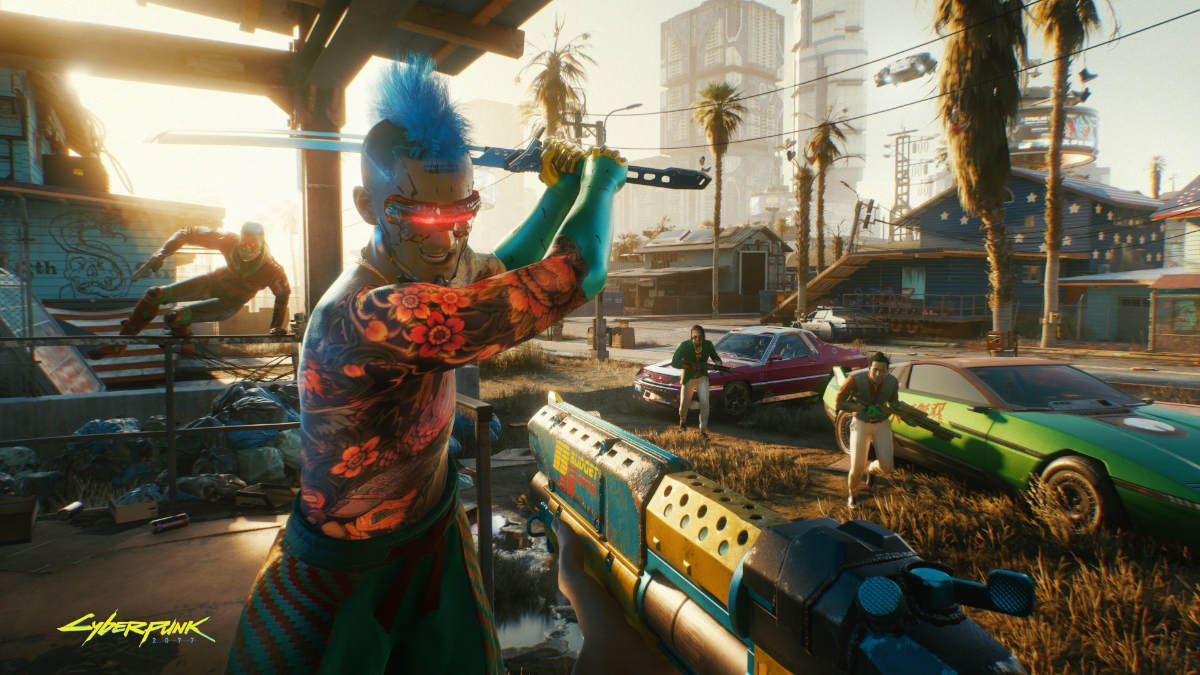
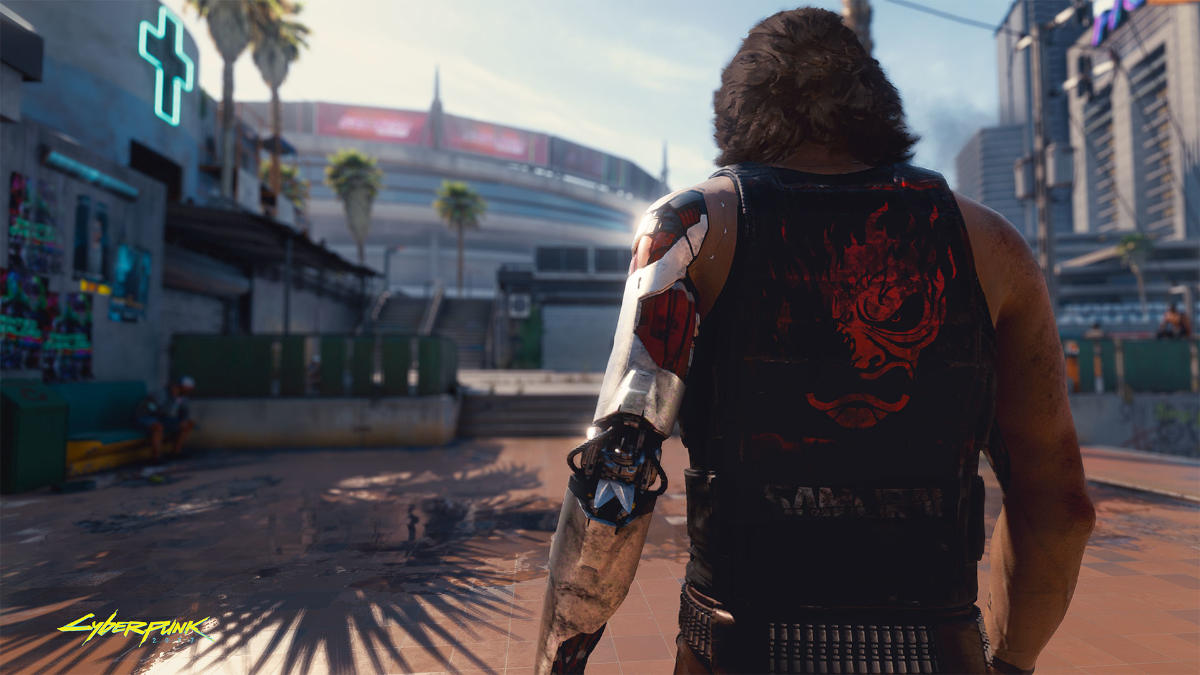
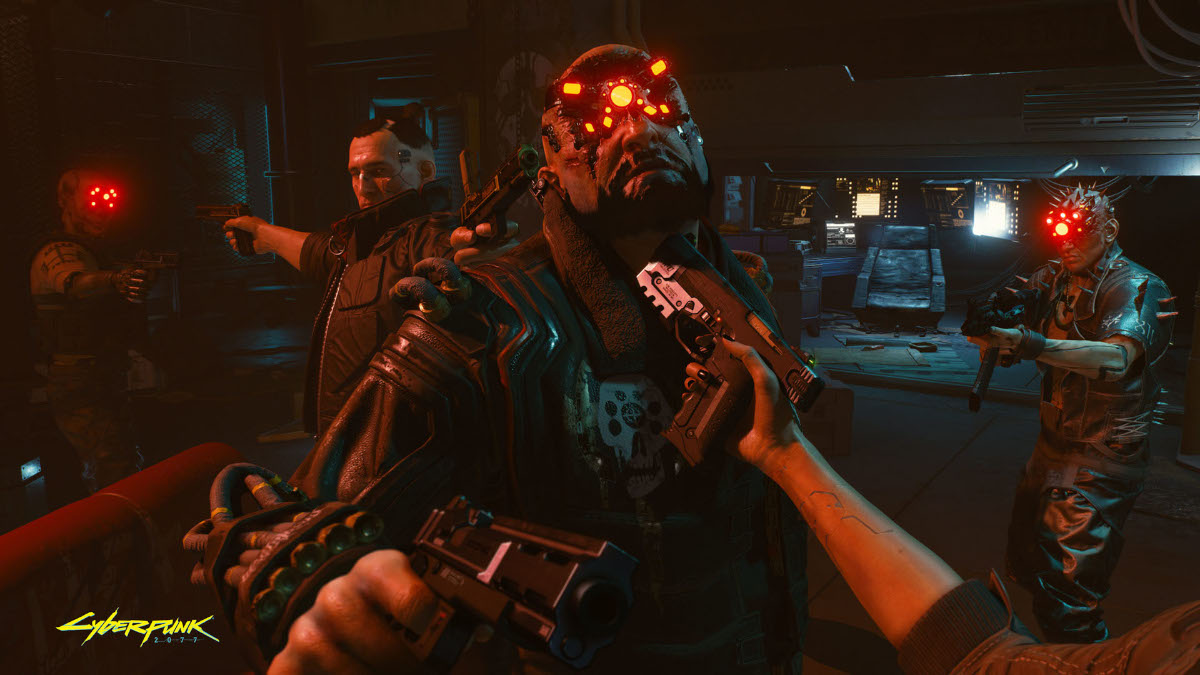

Lest I forget, the previously missing metro system is now available, further adding more interaction to the gorgeous open world. You can now hop the turn-style gates and travel between 19 metro stations. There’s an option to fast travel or you can sit down and enjoy the scenic view of Night City.
CD Projekt Red has written both the main story and side missions beautifully, though not as naturally forthcoming as The Witcher 3. I loved Pan Am and her misfit crew of Aldecados and understanding the dilemmas of an AI taxicab service. Most of it, while humorous, genuinely challenged my thought process. Learning about Evelyn Parker and her fate consumed me, leaving me teary-eyed. I couldn’t wait to embark on a bittersweet revenge saga with Judy Alverez, not to mention her accompanying side quest, which got me in the feels, too.
What about reuniting Johnny’s band, Samurai, for one last gig in a dingy bar? And bringing back fellow rocker Kerry Eurodyne out of a rut. Those stories were equally fulfilling and hilarious. Even rekindling an old flame between Johnny and Rogue was endearing, and embarking on a good neo-noir detective story with River Ward was both stereotypical and quite sincere.
I could ramble on because Night City has so many of these stories. You’ll miss out on something truly special if you haven’t given it a shot. The amount of work put into the game is a testament to CDPR’s strong writing prowess and unique ability to draw you into its world.
4. Elden Ring
| Release date | February 25, 2022 |
| Platforms | Windows, Nintendo Switch, Xbox Series X/S, Xbox One, PS5, PS4 |
| Genre | Action RPG, open-world |
| Buy from | Amazon, Green Man Gaming, CDKeys |
I absolutely, positively, without a single doubt in my mind, hate Elden Ring and everything related to Souls. The game punishes me around every corner and mocks me with its beautifully hideous and ruthless creatures, yet I can’t seem to put the controller down. Why?
The truth is, I don’t know, and I will most likely never know. All I do know is that Elden Ring is the single most challenging title I’ve ever experienced. Yet, I can’t help but accept the challenge. It’s strangely addictive.
Perhaps it’s the sprawling open world known as the Lands Between. It is deeply gothic and widely expansive. In the starting area of Limgrave alone, there are numerous caves, tunnels, ruins, catacombs, and encampments hidden within its grassy knolls. I know there’s danger beyond but the world beckons you to explore.
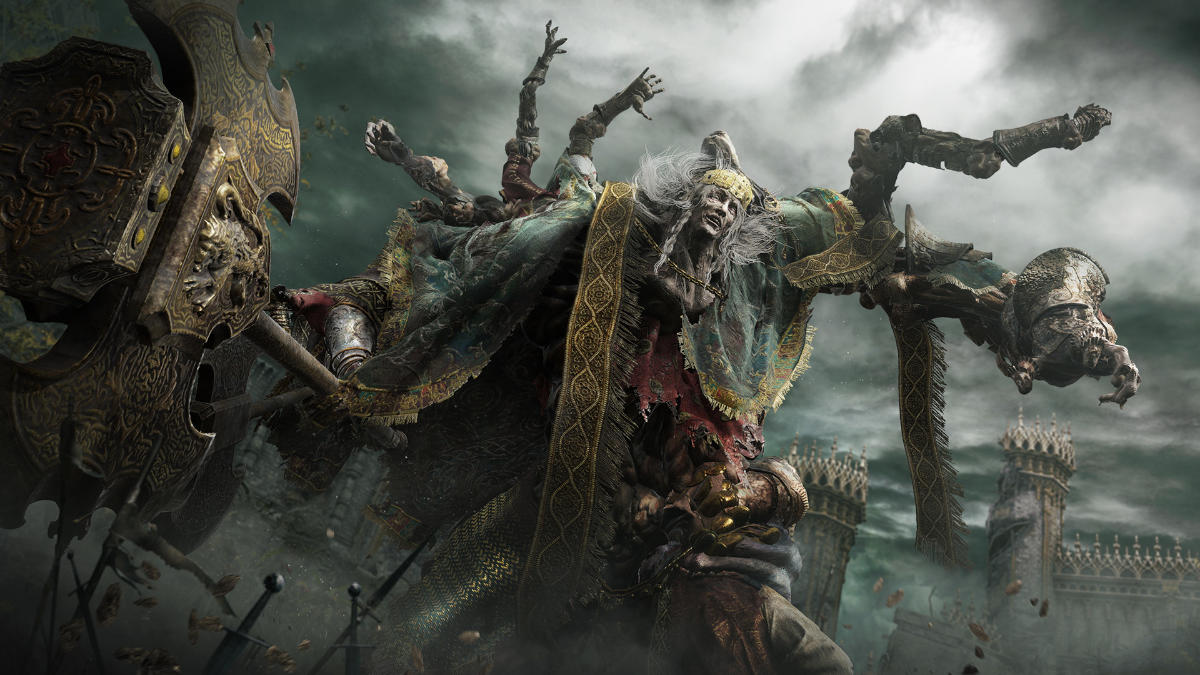
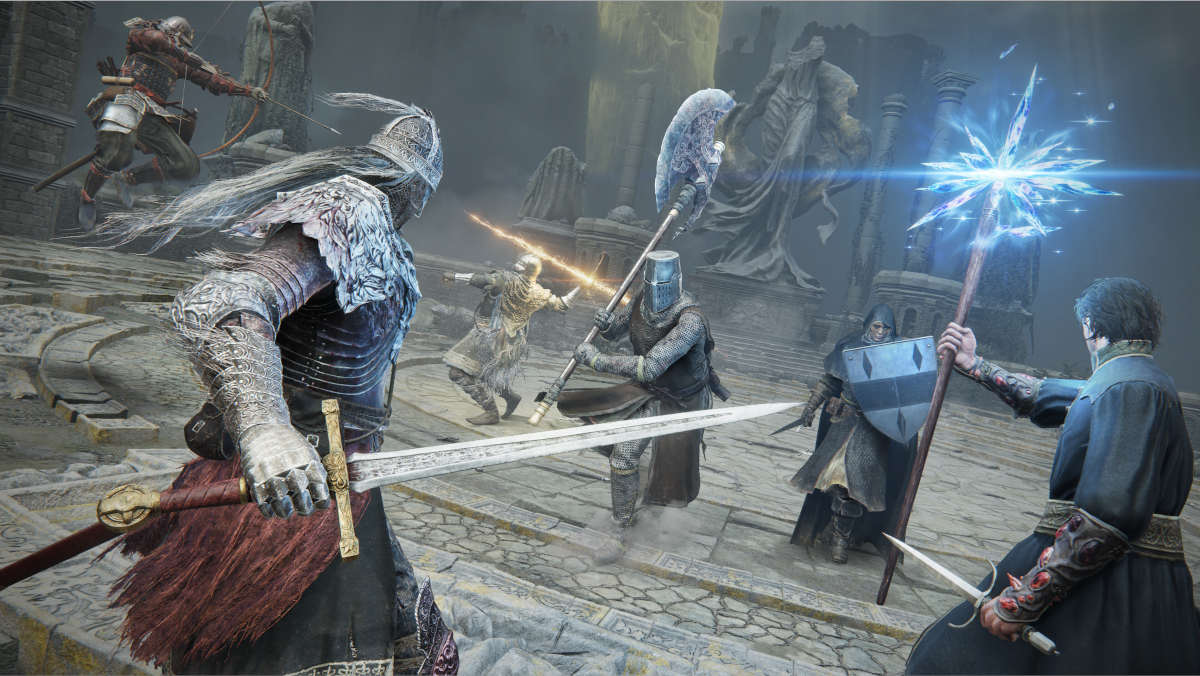
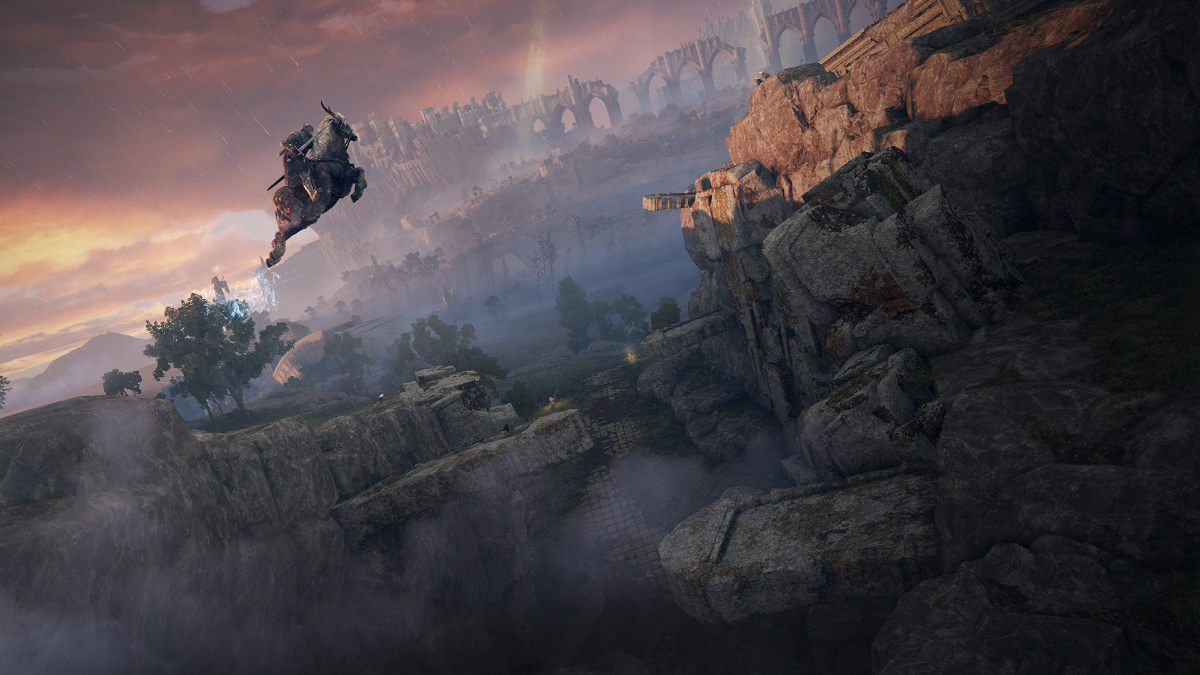
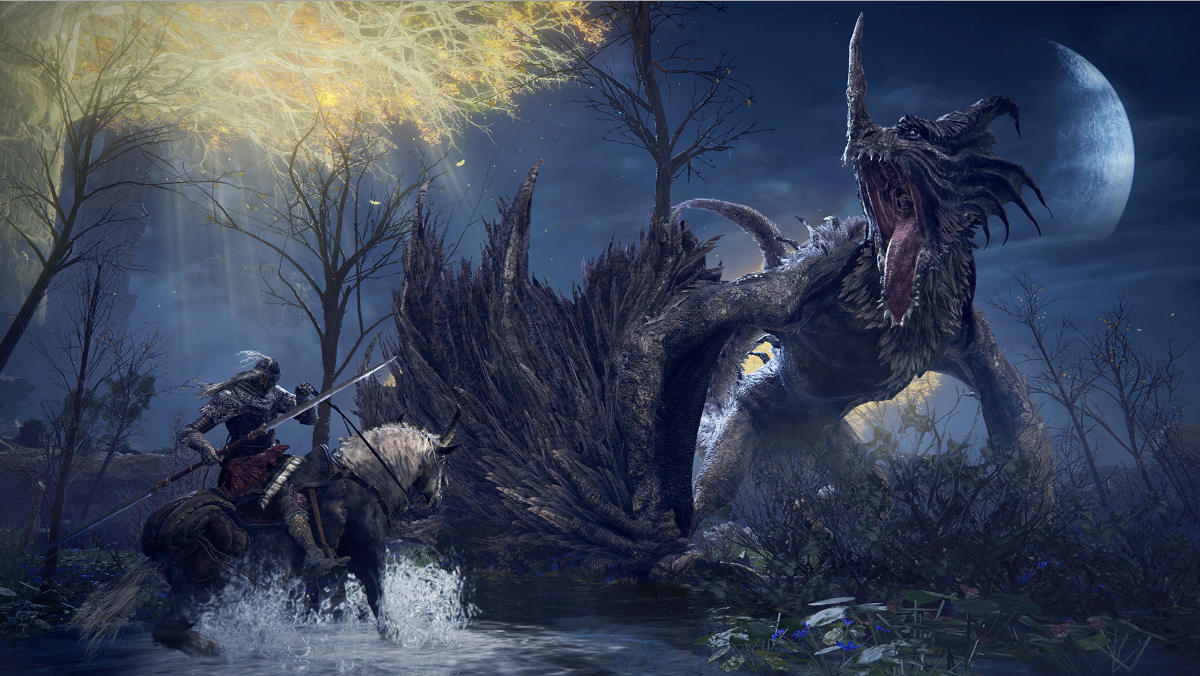
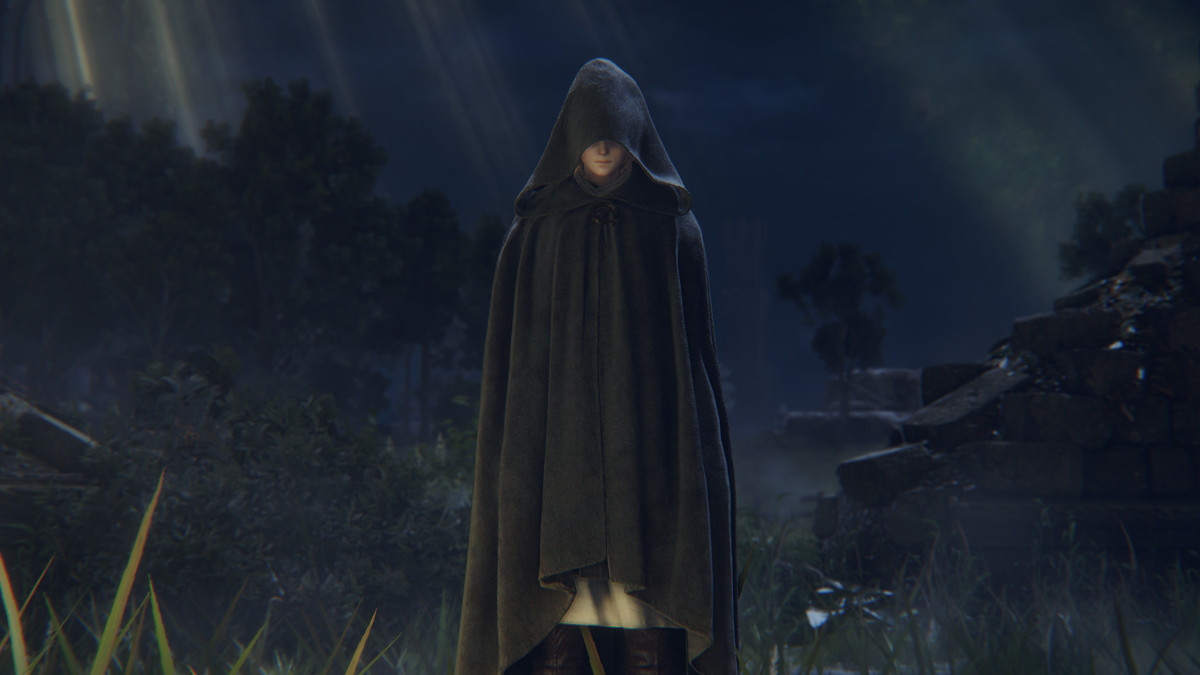
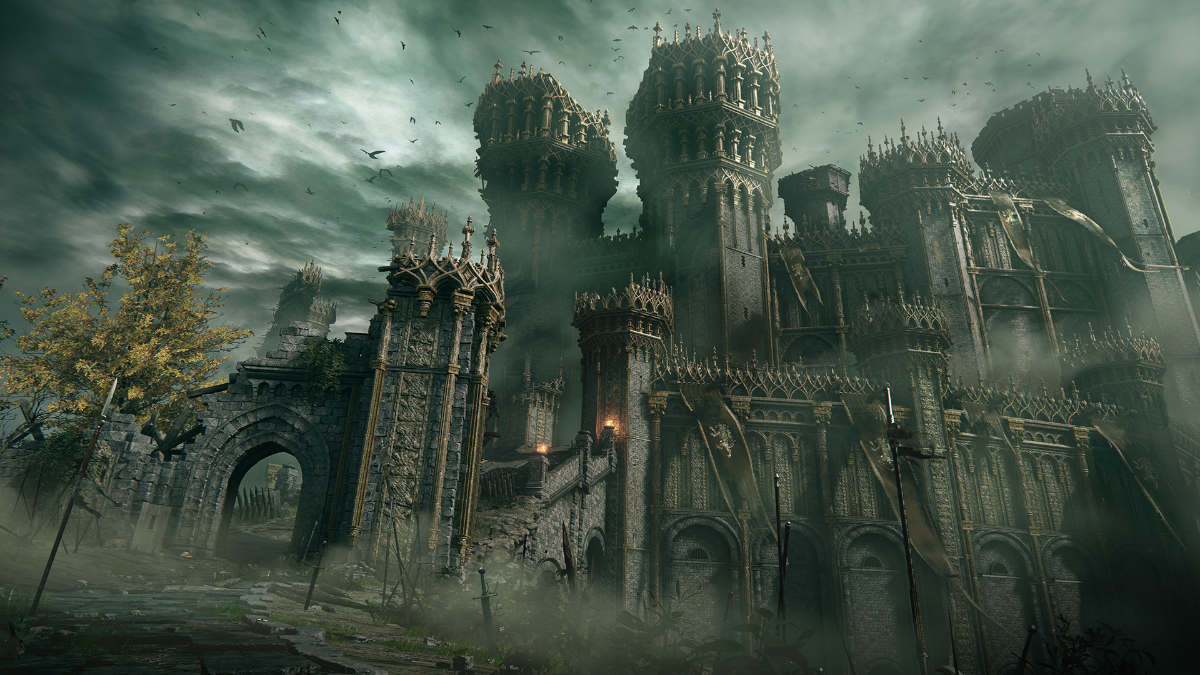
The interiors are equally impressive, featuring dense and rich areas filled with twists and turns that make navigating them both a terror and a joyous experience. The intricately designed aesthetics are gorgeous, with cavernous cliffside caves and ancient gothic castles featuring a distinct atmosphere that’s impossible to ignore.
Or, perhaps, maybe I just enjoy enduring torture. I never fancied myself a masochist, but boy, am I a glutton for punishment. Five Elden Lords rule the world, each possessing a shard of the titular Elden Ring. It is up to you, a lowly Tarnished, to defeat these corrupt lords, take their shards, repair the ring, and stand before the glorious Erd Tree to become an Elden Lord yourself. Sadly, I haven’t defeated but two of them, with the help of some fellow travellers along the way. Thank goodness for multiplayer and my trusty mount, Torrent.
I also appreciate the intricate world-building and backstory that’s open to interpretation and discovery. The unrestricted freedom is surprisingly refreshing in a genre wrought with hand-holding. It’s superbly designed, overflowing with creativity, and has a satisfyingly addictive risk/reward system that leaves you returning for more, no matter how many times you get thwarted. Yeah, maybe I do like it after all.
3. Persona 5 Royal
| Release date | September 15, 2016 (original), October 31, 2019 (Royal) |
| Platforms | Windows, Nintendo Switch, Xbox Series X/S, Xbox One, PS5, PS4, PS3 |
| Genre | Turn-based RPG, open-world |
| Buy from | Amazon, CDKeys |
It’s the Damien take over from here, folks. I’m not saying these next few are the top three, but they’re at least my top three. Persona 5 brought developer Atlus to an international stage beyond its hometown of Japan. Like many others, it was my first in the series, and it drew me in instantly. Anime art styles are a dime a dozen nowadays, but Persona 5 stands out with its bold colour schemes, sleek animations, and comic-like pop-outs.
Persona 5’s soundtrack is just as important as the visuals. Fitting into the acid jazz genre, it’s a distinct fusion of jazz, funk, and hip-hop. Just click on the video above to listen for yourself, as you’ll need to hear it to understand why it works so well. The energetic and upbeat music will stick in your head from the third chord.
You don’t realise just how much you need the cheerful music until you start the rather dark story. Your character’s journey begins when you interfere with a rich man harassing a woman. Abusing his power, he accuses you of assault, has you placed on a year of probation, and sends you away from your family. As luck would have it, you quickly discover supernatural powers. Your new mission is to enter otherworldly palaces and change the hearts of wicked people. Trust me, these NPCs have done some truly terrible things.
Interestingly, the goal isn’t vengeance or revenge; it’s justice. You’re attempting to make them feel guilty for the deeds they’ve done, so they seek punishment and atone. It doesn’t make up for the atrocities they’ve committed, but it’s fulfilling that you’re not a schoolboy arbitrarily murdering people.
Thankfully, you don’t go at it alone. You meet a wide cast of characters that join your quest throughout the metaverse, each with their own summonable Persona. You get to change yours as you collect the 225 available in Royal, including the DLC. Combat is turn-based but by no means slow, as you swap between your powers, melee, and ranged weapons. Think classic Final Fantasy but simpler to understand and faster-paced.
Outside of a dungeon-crawling RPG, Persona 5 is also a social simulation game. Abiding by the school calendar, you can choose a limited number of daily actions to improve your stats. There are also several Confidant – NPCs you can build relationships with – that grant you extra boons. Some even blossom into a romance, although they can get pretty questionable, given age gaps and power disparities. Who am I to judge, though? My favourite is the doctor, Tae Takemi.
Persona 5 is one of the most unique RPGs around, and Royal only builds on that with extra content. There isn’t a single other game I can draw exact comparisons with, except ones within the series. You should give it a shot for yourself, and it’s on Game Pass until February 2024. That’s likely not enough time to experience the 100+ hours, but it’ll give you enough of a taste to know your feelings about the game.
2. The Legend of Zelda: Tears of the Kingdom
| Release date | May 12, 2023 |
| Platforms | Nintendo Switch |
| Genre | Action RPG, open-world |
| Buy from | Amazon |
I can already hear the arguments that this isn’t an RPG, but we’ve settled that in the intro. True, it isn’t as stat-heavy as other entries, but you do step into the role of Link. You collect weapons, improve your stats with armour, and gain new abilities. It’s also entirely open-world, giving you the freedom to explore however you choose. By all metrics, it’s at least an RPG-lite.
It will look very familiar if you’re returning from Breath of the Wild. After all, this is a direct sequel set in the same world. A good few years have passed, giving reason for some of the changes you’ll see. Still, the variety doesn’t come from the ground but from the skies above and depths below. After encountering an ancient evil below Hyrule Castle, Zelda vanishes and Link is badly wounded. You wake up on a floating island, and it’s not the only one of its kind. Ominous glowing red holes have also appeared in the ground, leading to terrifying dark caverns.
As a lifelong Zelda fan with a tattoo to prove it, Tears of the Kingdom didn’t initially grab me. After all, how much more could you do Breath of the Wild’s concept and map? Quite a lot, it turns out. I miss the Statis ability dearly since I fudged the Breath of the Wild physics quite a lot with it. TOTK’s newly introduced Fuse and Ascend abilities are absolute game-changers, though. Nintendo could build entire titles around each, and no one would question it.
Fuse does what it says on the tin, letting you merge items together to create all sorts of unholy things. It gives Tears of the Kingdom a Minecraft feel in its approach. The mechanic is fairly easy to abuse, solving puzzles in unintended ways, but who cares? It gets the creative juices flowing and is satisfying no matter how you beat the game. Weapons still break, which might divide people, but crafting two together eases the pain. Not only are they stronger together, but strange combinations can make for a hilarious time.
Ascend is also fairly self-explanatory, zipping you up to the surface above you. I love the stamina mechanic, but this makes it much more manageable, as you can navigate the world easier. It marries well with the sky islands and depths concept, so you never once feel trapped. Plus, there’s always the intrigue of where you can go next with it. How high can you climb? You’ll need to play to find out.
I’ll never forget my first time navigating the Depths. The pitch-black darkness evoked a fear I’d never felt before. It takes away all your agency, making it difficult to fight back. Unfortunately, the Depths being the same size as Hyrule means it gets very samey after a while with diminishing returns. Still, few games have created memories in the same way as Tears of the Kingdom. It’s worth buying a Nintendo Switch for alone.
1. Baldur’s Gate 3
| Release date | August 3, 2023 |
| Platforms | Windows, macOS, Xbox Series X/S, PS5 |
| Genre | Turn-based CRPG, open-world |
| Buy from | CDKeys |
It wouldn’t quite be a best RPG list without TGA’s Game of the Year 2023 award winner, would it? Larian Studios has created a masterpiece that’ll long be remembered as one of the greatest games ever made. Featuring a huge cast of characters to play as or interact with, it layers choices better than any other game. Be warned, though: it’s brutal, gory, and sometimes overly horny.
The story kicks off as you escape psychic squid aliens that have kidnapped and experimented on you. Coming together with other survivors, there’s a great deal of tension and not a whole lot of trust between you. The only thing keeping you together is the hope of escaping impending death due to brain tadpoles. Stay with me here; it’s actually tremendous.
Each character has a guarded backstory, but there’s a whole lot of fun prying them open. Larian provides a masterclass on writing, as each has a rich history, opinions, and abilities. Only three other characters can join your party at any time. Creating a rapport with anyone else takes a second playthrough or some serious party juggling. Some even have overlapping allegiances. They’re a colourful bunch, to put it politely, and make the journey a blast.
There are true consequences to your actions. If you commit genocide, that’s a quick way to see some leave your camp, but others may join. Take the saviour route, and the opposite occurs. You cannot experience everything Baldur’s Gate 3 has to offer during your first run. This isn’t even spoiling Dark Urge, a unique trait you can take when creating your character. If you do, though, prepare yourself for some gut-wrenching choices.
Based on Dungeons and Dragons 5th Edition ruleset, it’s the most stat-heavy RPG we recommend. Like the tabletop game, you’ll roll a digital 20-sided die to play. This happens behind the scenes in combat, so it doesn’t interrupt, but you can see it in action with skill checks. Roll a 20, and you nab a critical success that wins anything. Land on a one, and it’s a critical failure. Fall in between, and the die roll adds to your respective stats to determine how successful you are. As usual, you’ll choose your stats at the start of the game and work on them as you level up.
It’s the most D&D video game out there and can, in fact, help you learn how to play. I joined my first-ever Dungeons and Dragons group at the start of 2023. Sadly, our sessions were infrequent enough that I’d forget the rules when we’d play. It’s difficult to remember so many races, abilities, spells, and general interactions while focussing on the freedom to get creative. Naturally, Larian took some liberties when translating D&D into video game format, but it preserves all the important things. I now know all the basics, so I can focus on the fun side, all thanks to Baldur’s Gate 3.
As they say, knowing is half the battle. The other half is how much can you cheese your way through the game. Will you save scum, reloading to get the perfect dialogue checks for a pacifist run? How about avoiding difficult boss fights by rapidly pushing them off a cliff before combat initiates? There are so many ways to progress that there’s something for everyone.
What did we miss? Surprisingly a lot. Cult classics like Star Wars: KoTOR, Fallout: New Vegas, and Diablo 2 probably deserve a seat at the table. Even obscure indie gems like Dragons Dogma and Undertale are worth considering. As I said, many RPG games are out there worthy of the GOAT title. These are just our favourites that have impacted the RPG genre, and we hope they’ll soon be yours, too.

